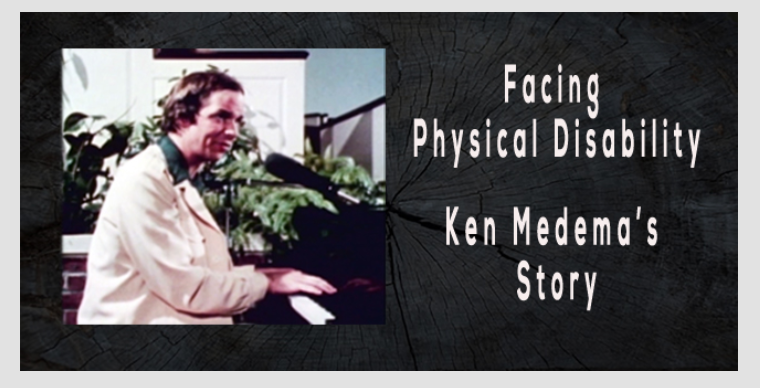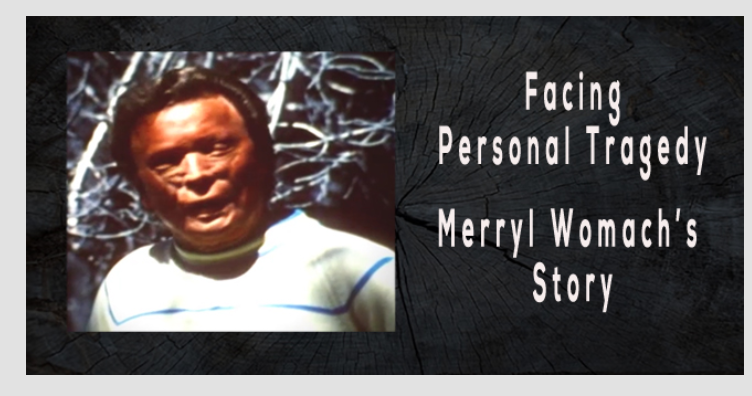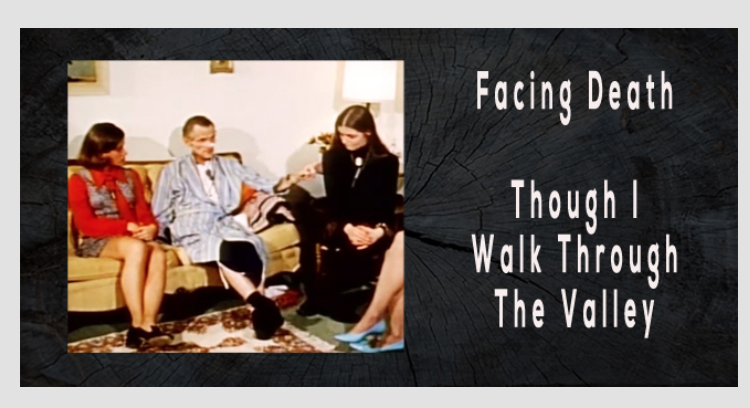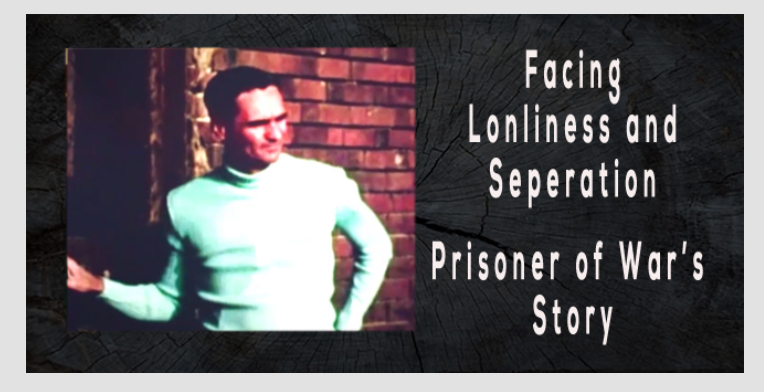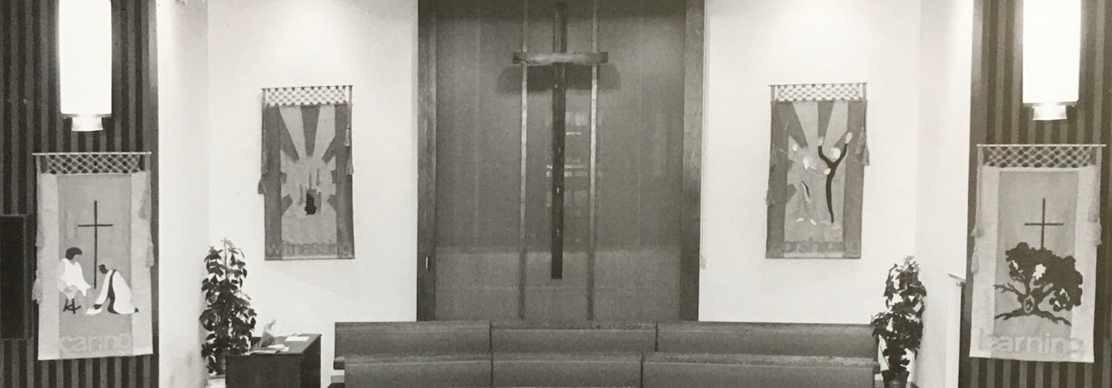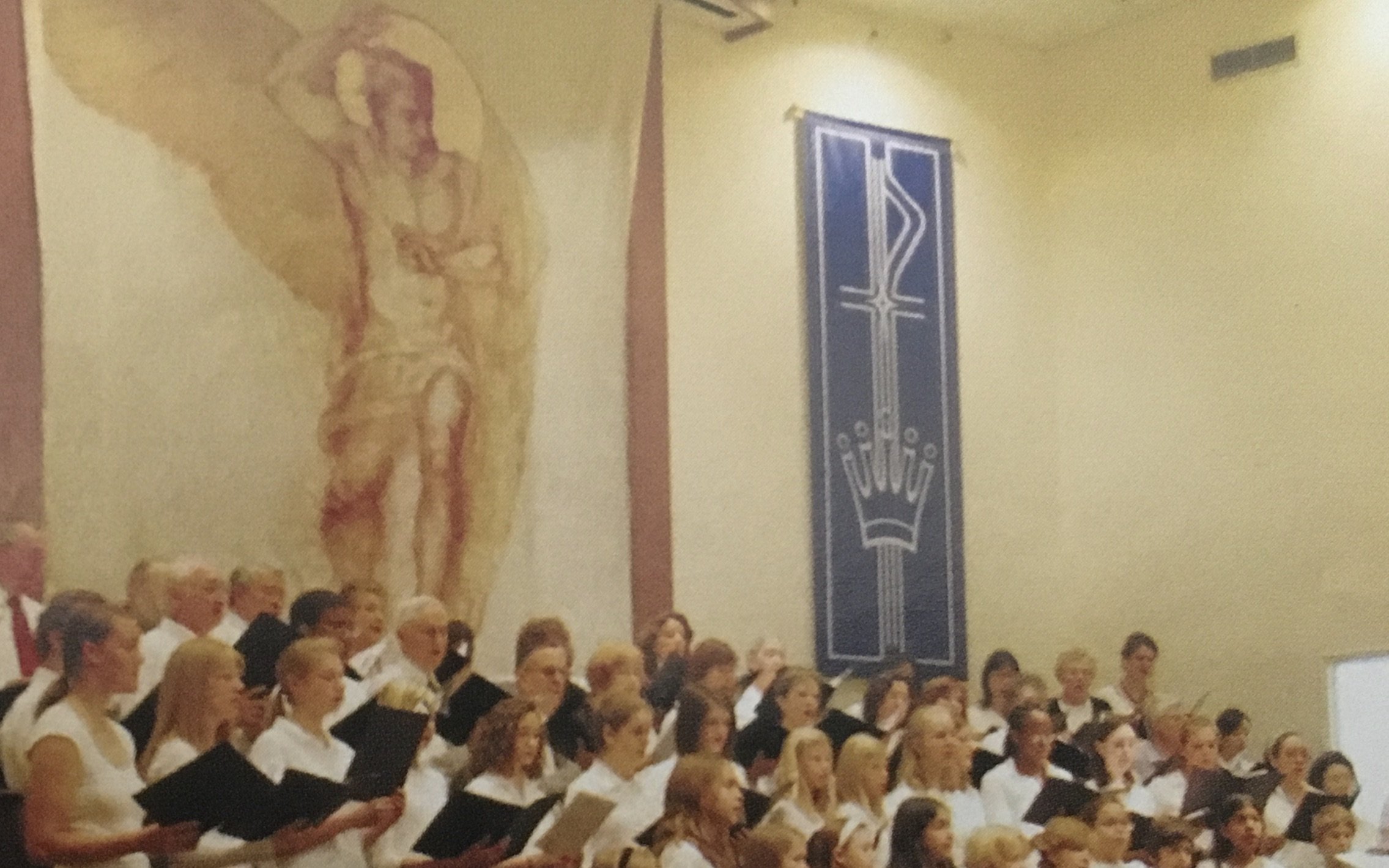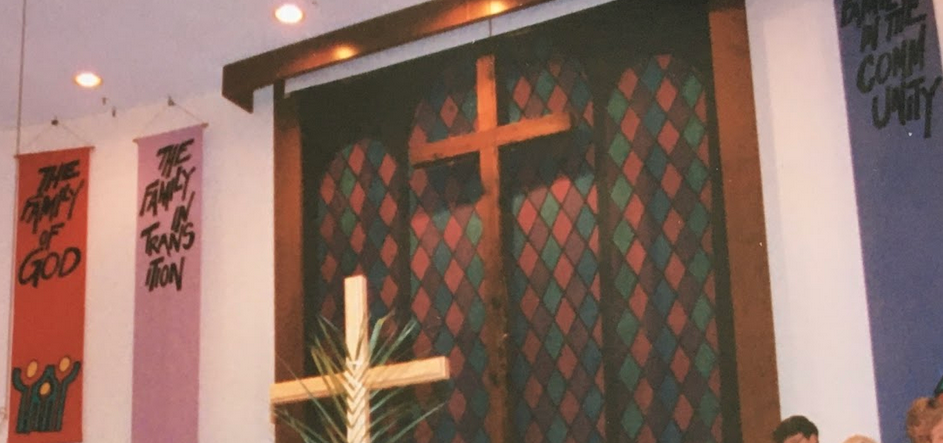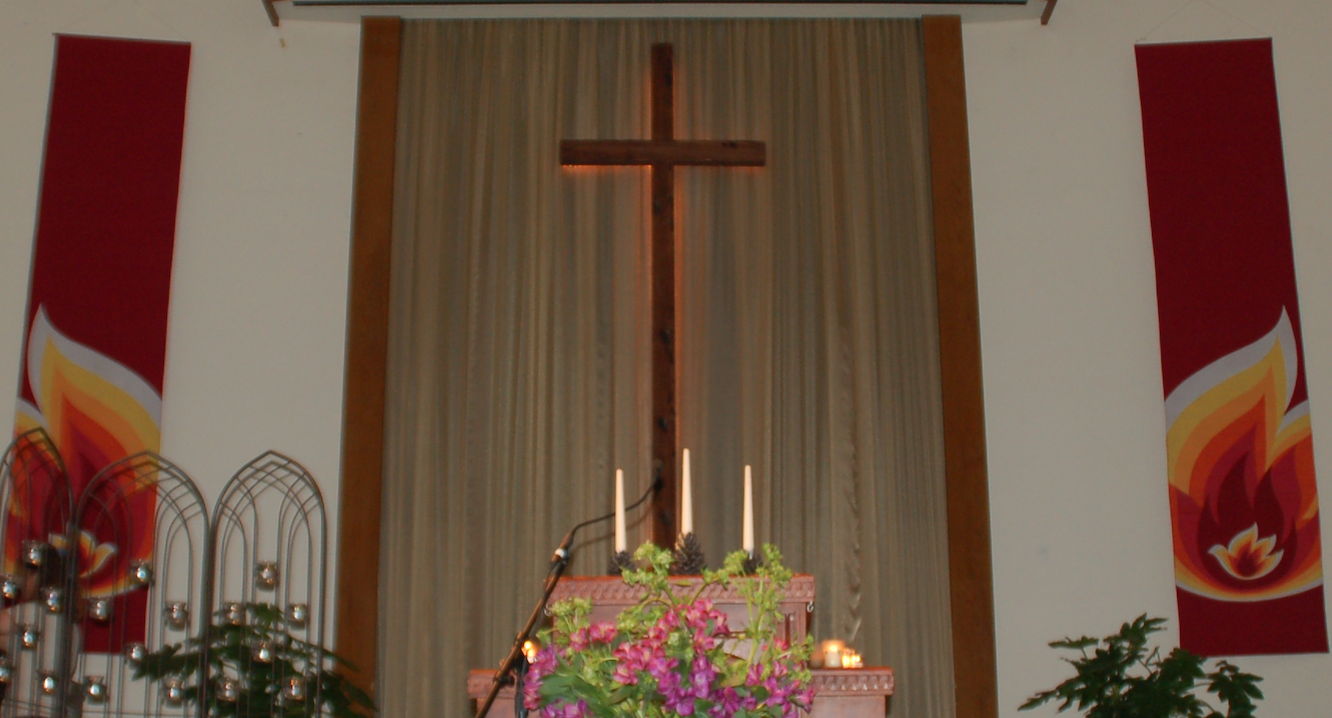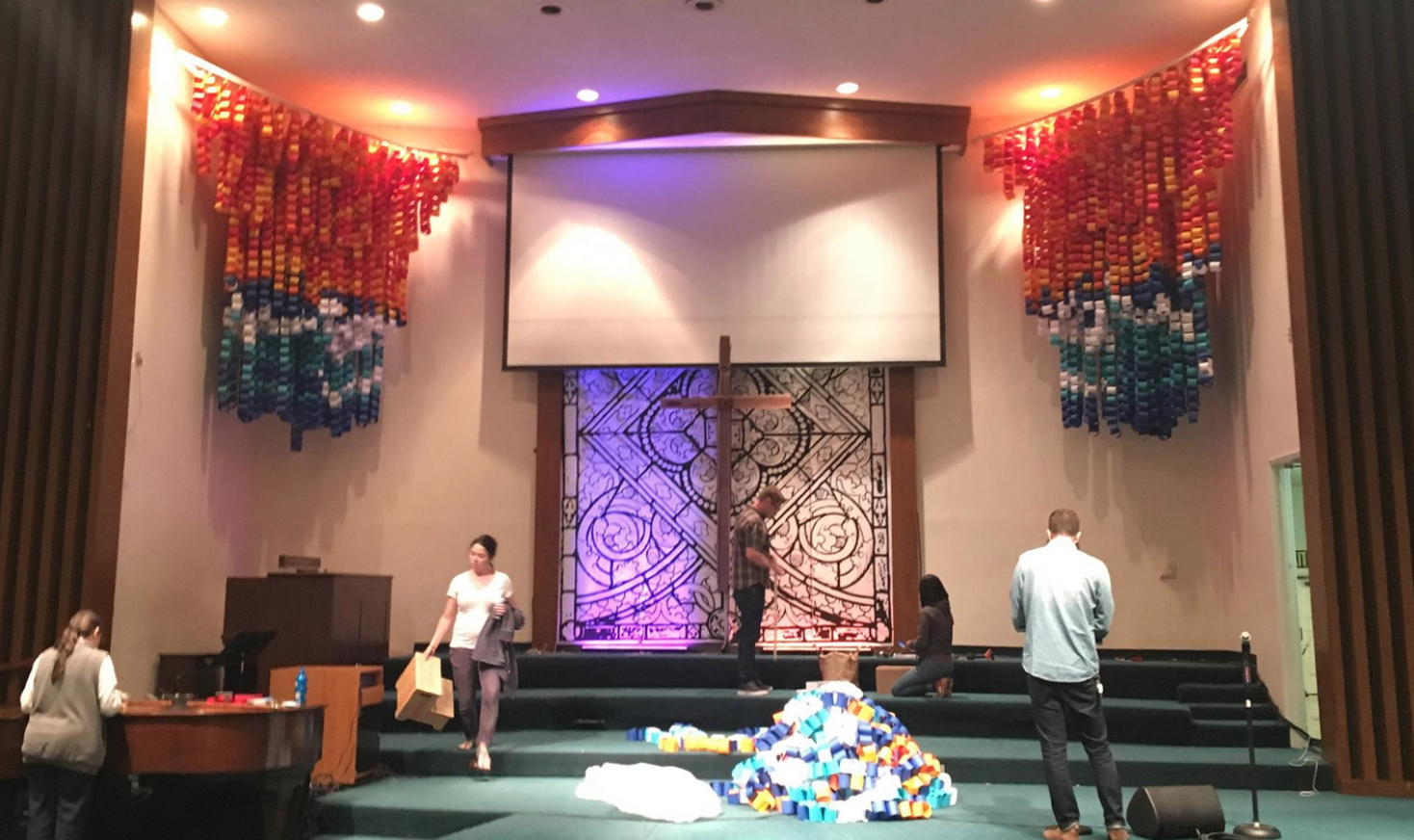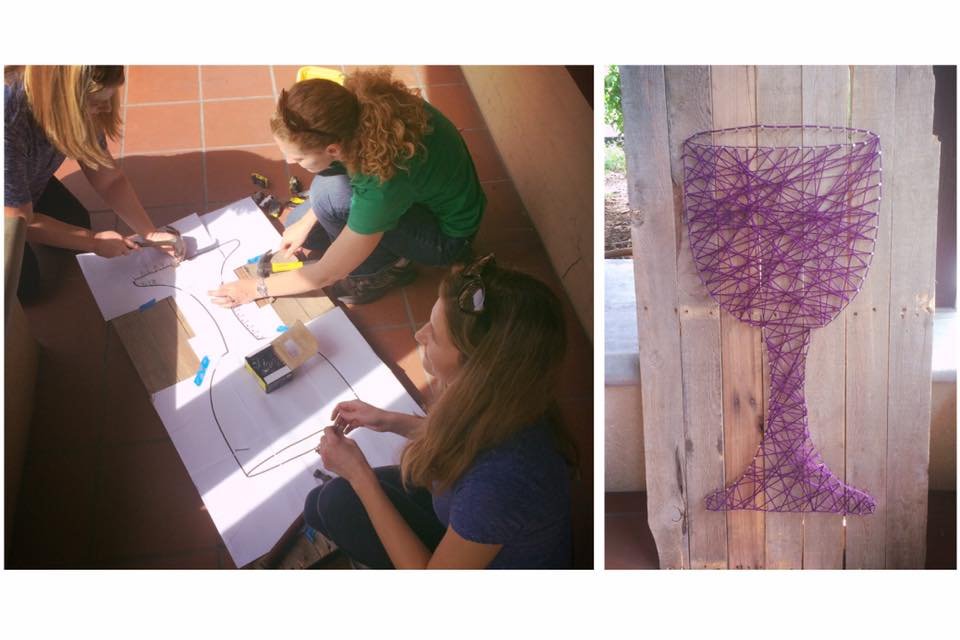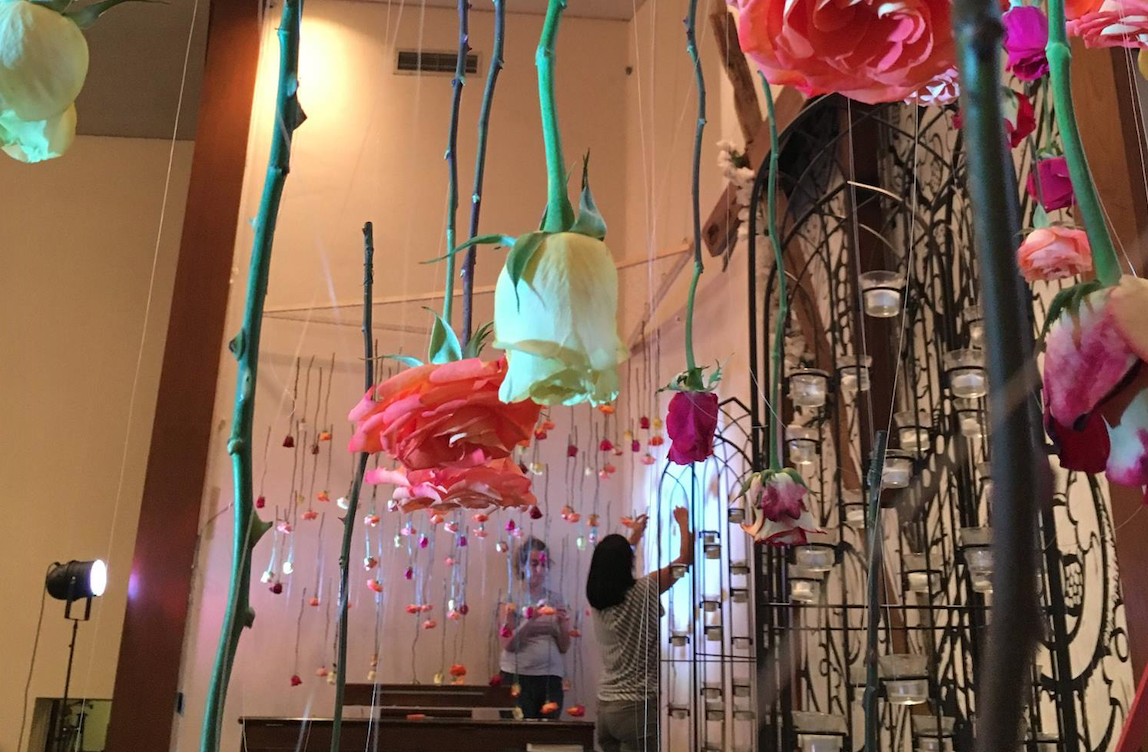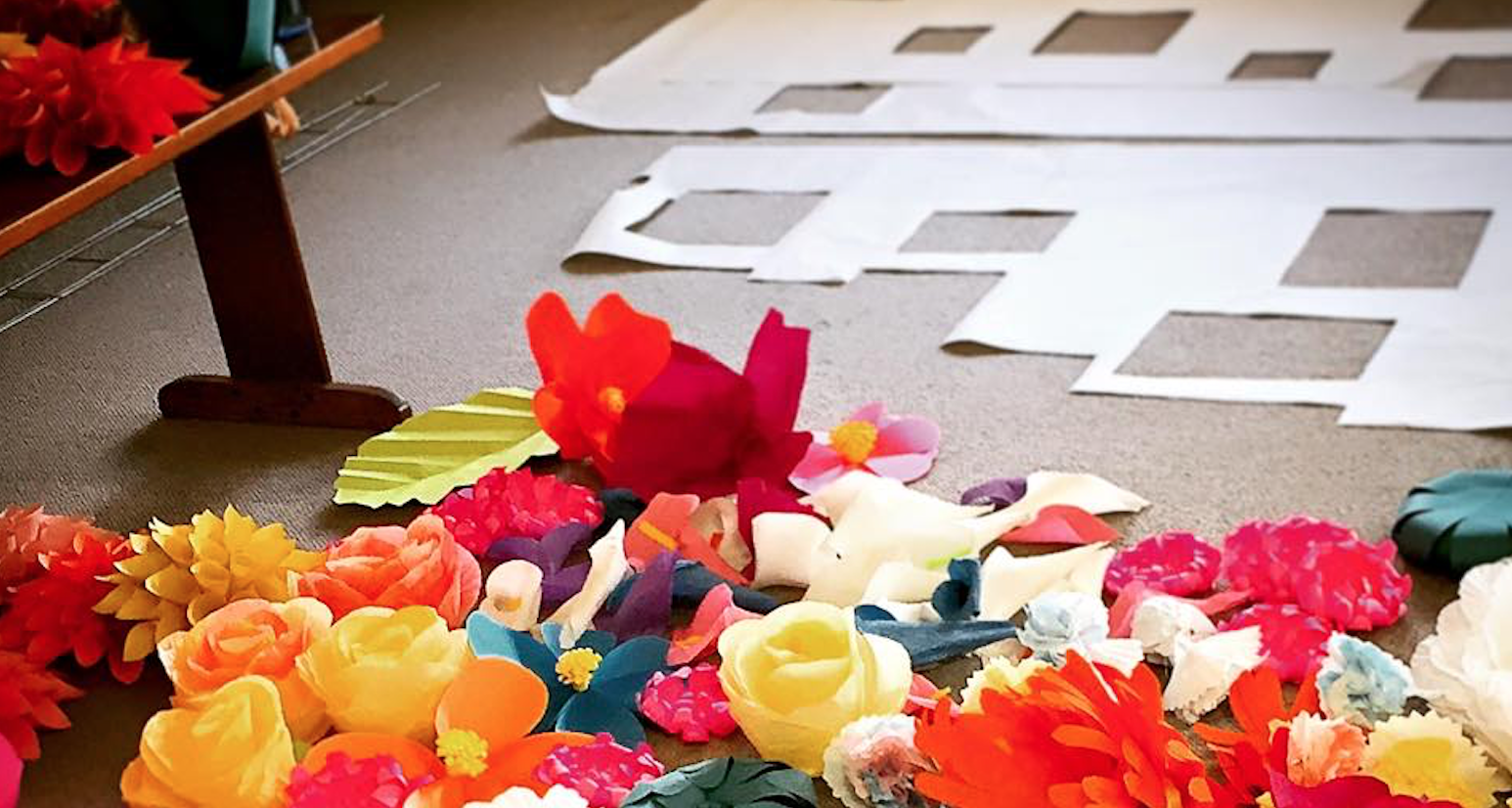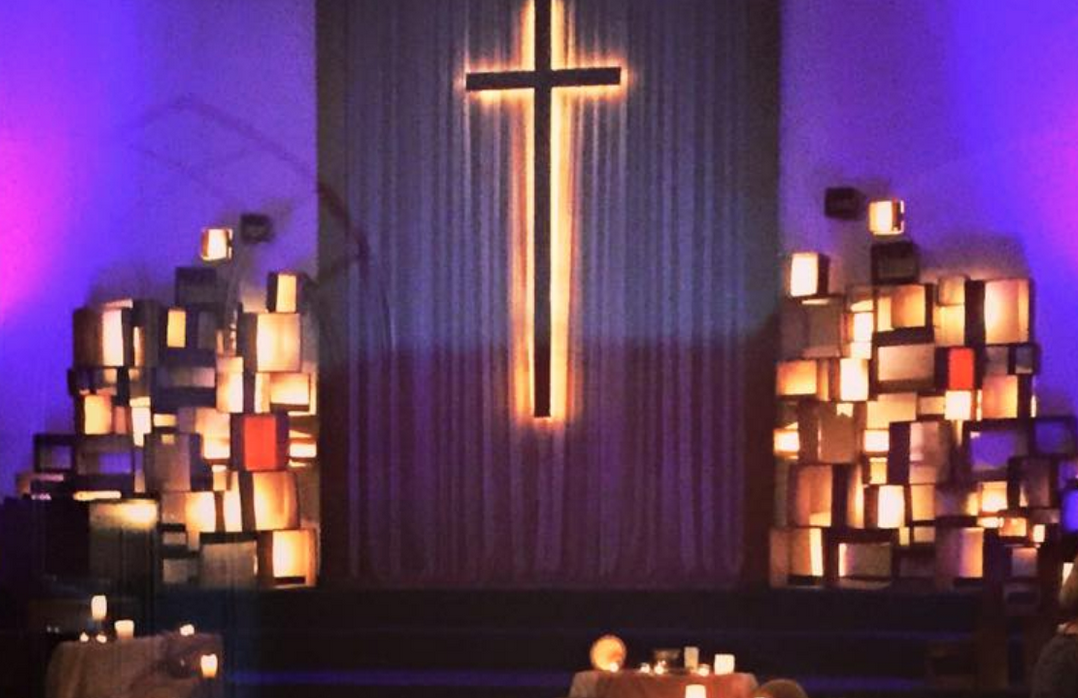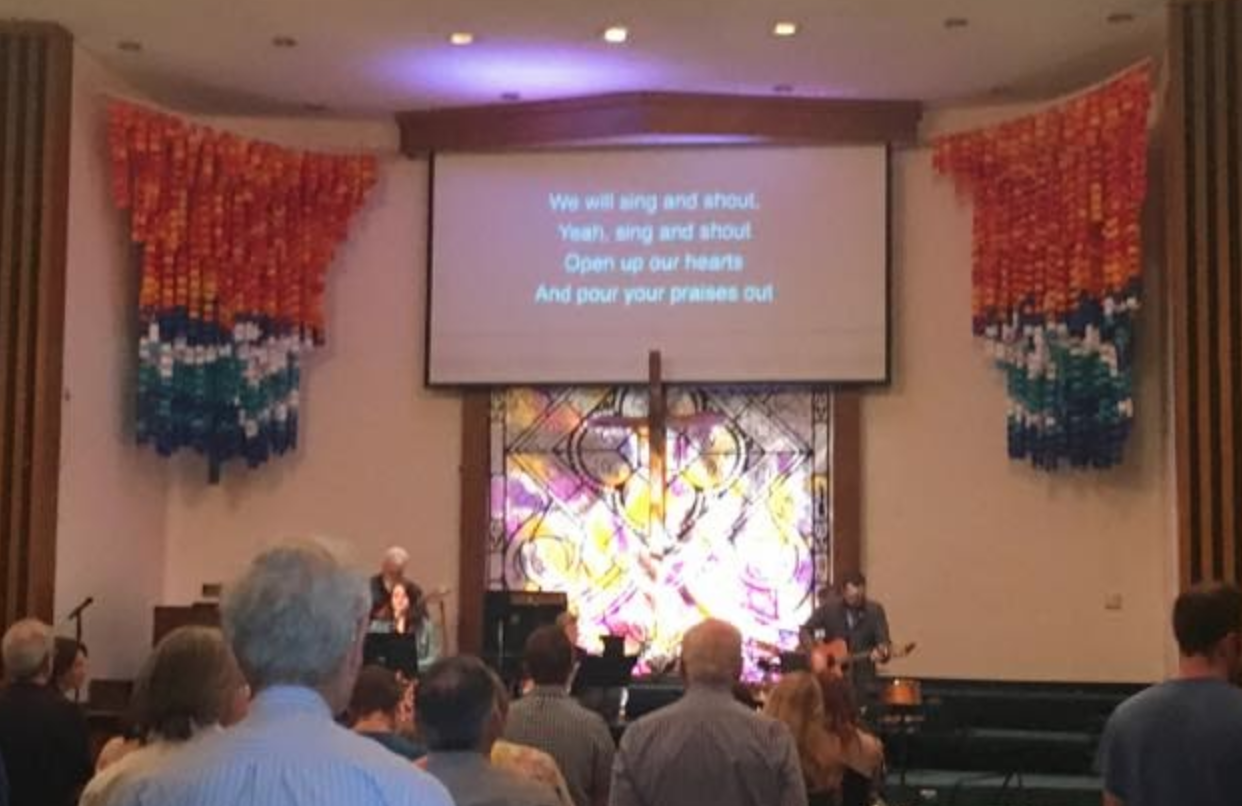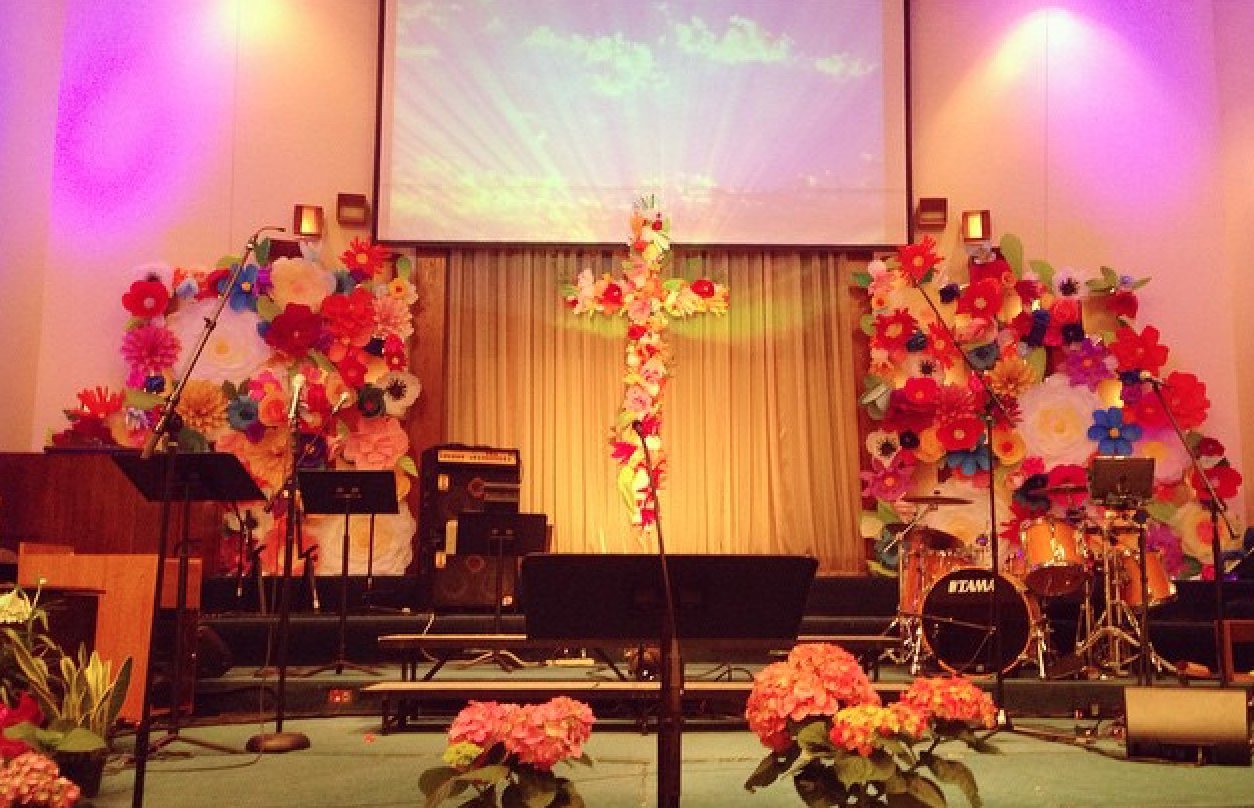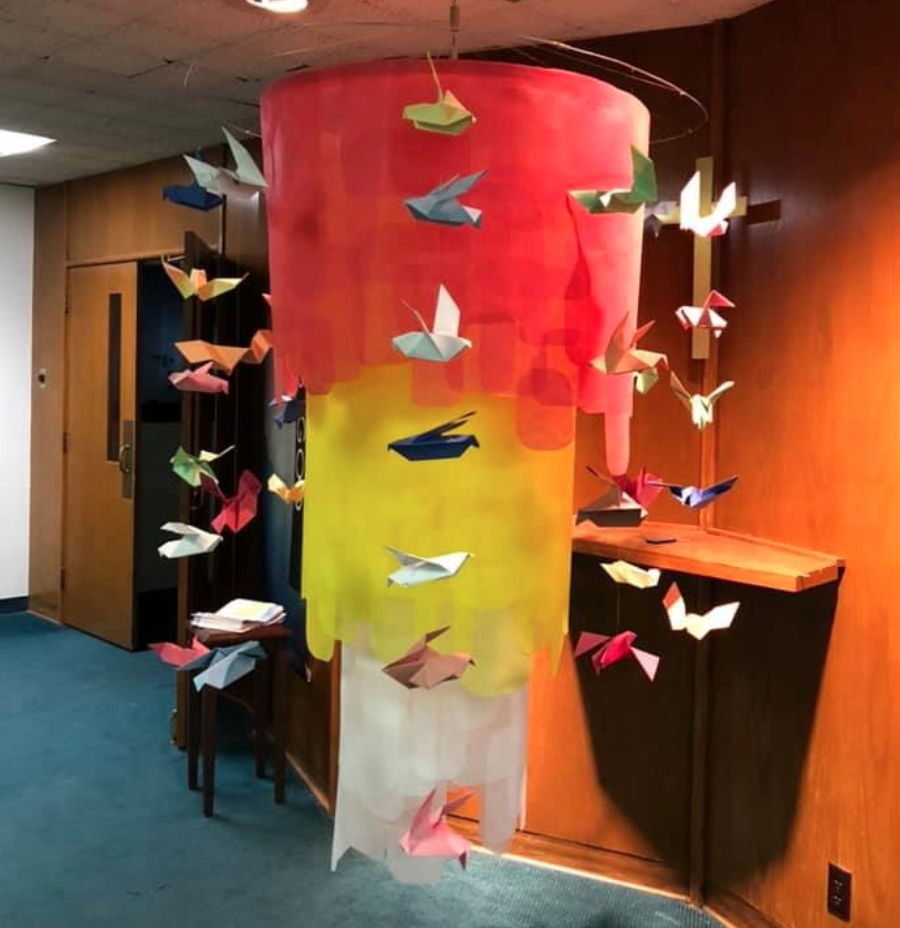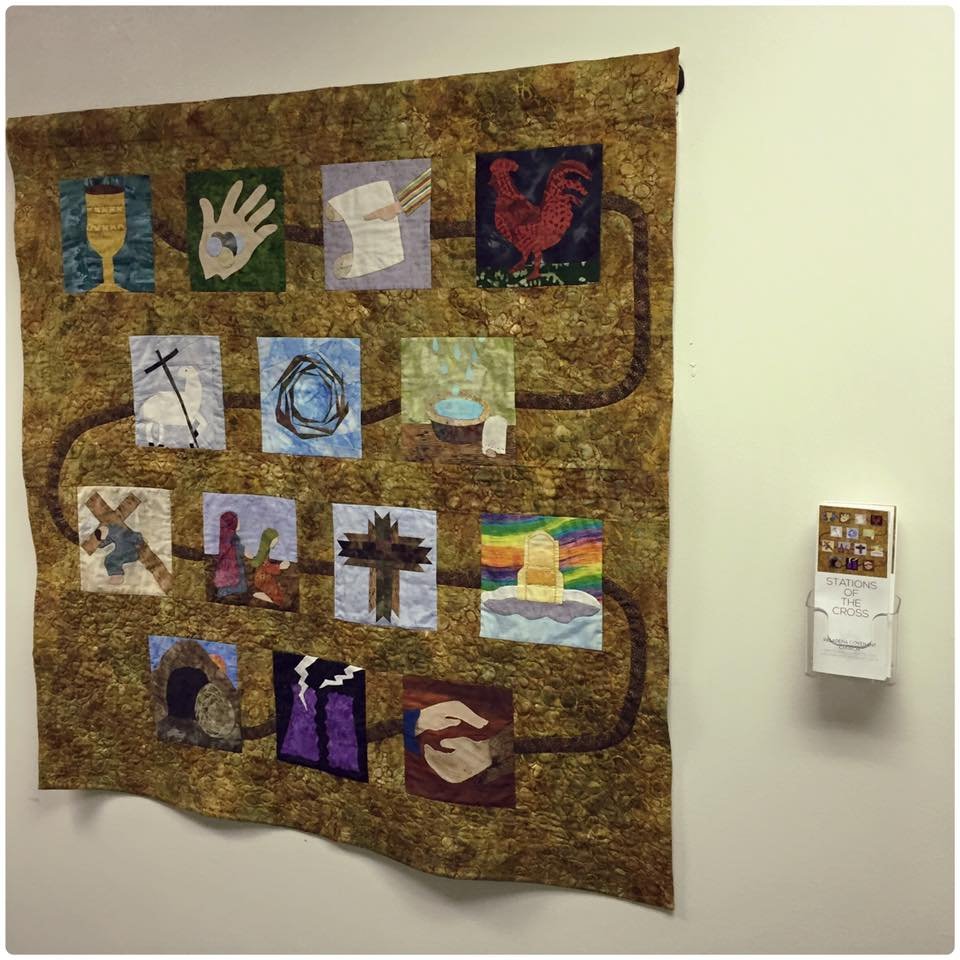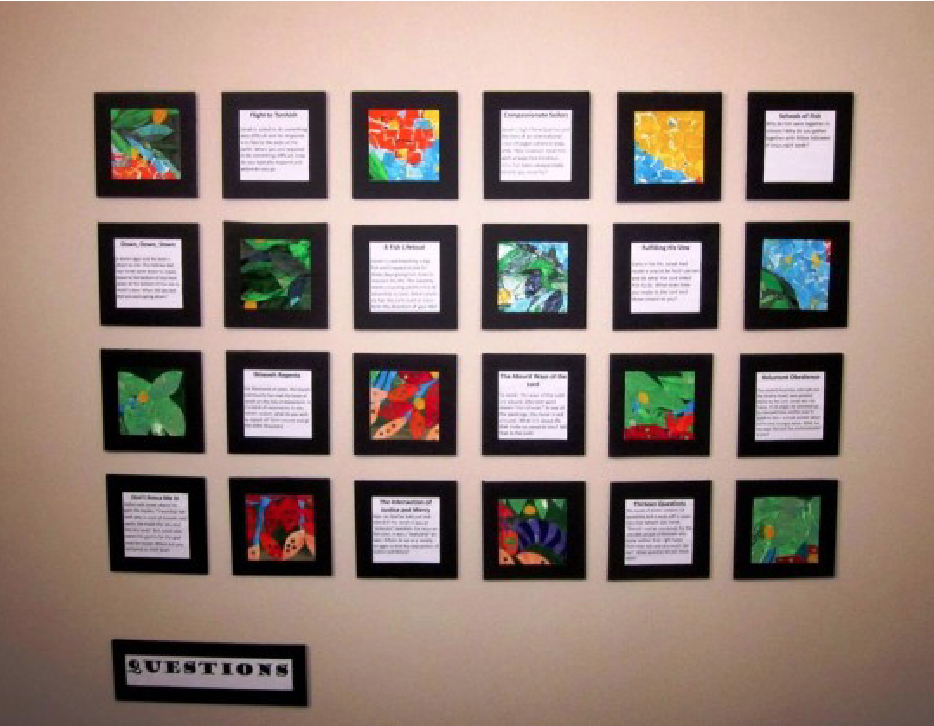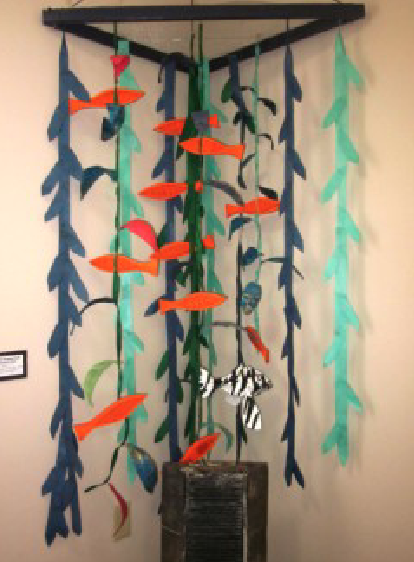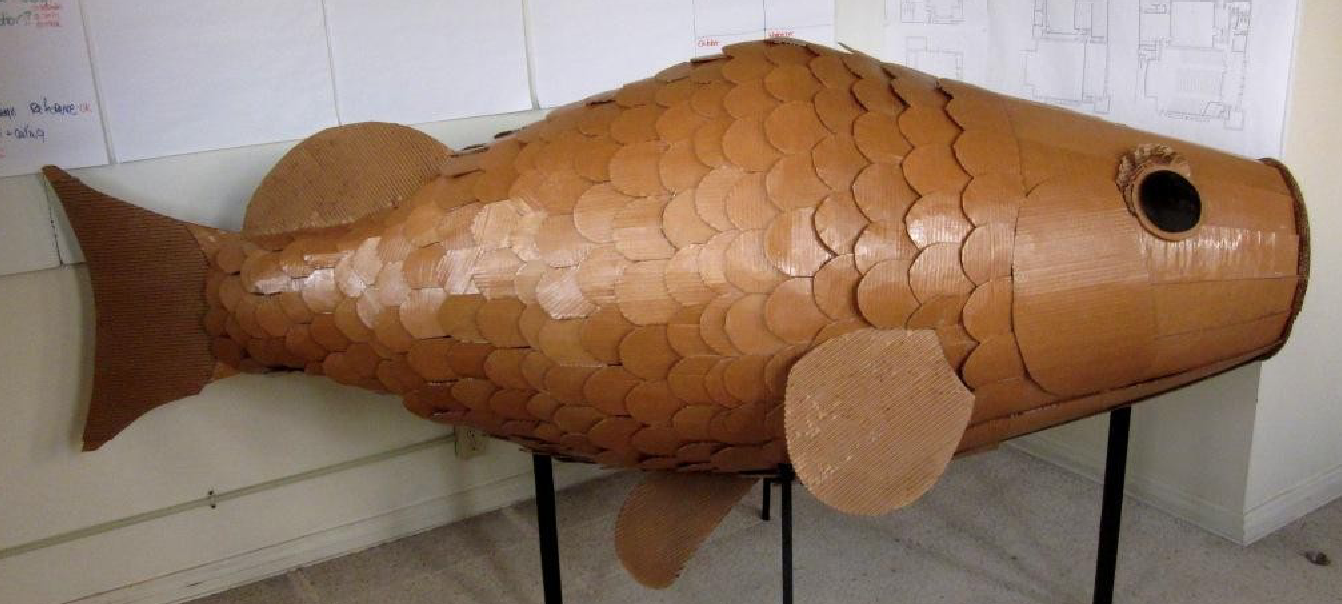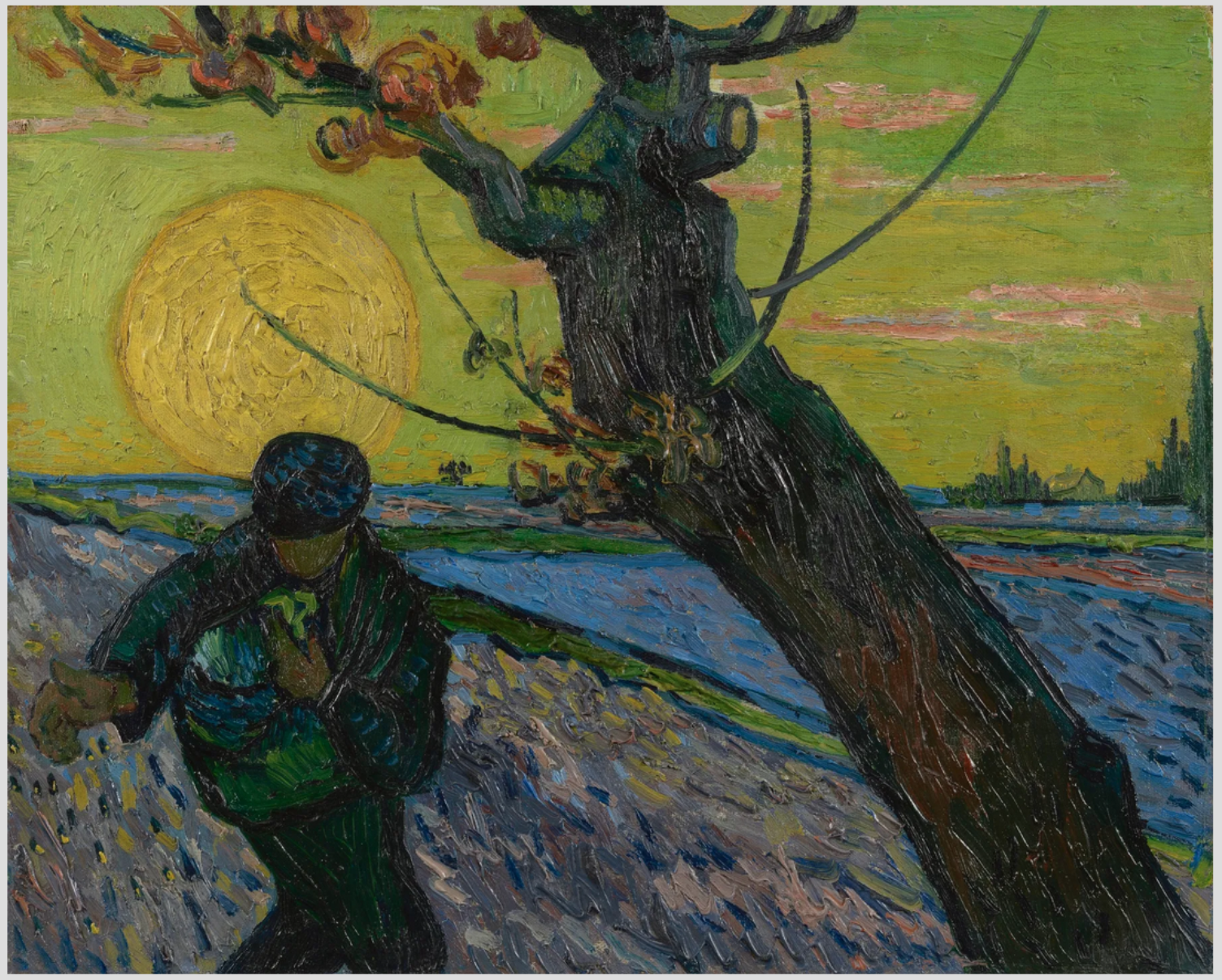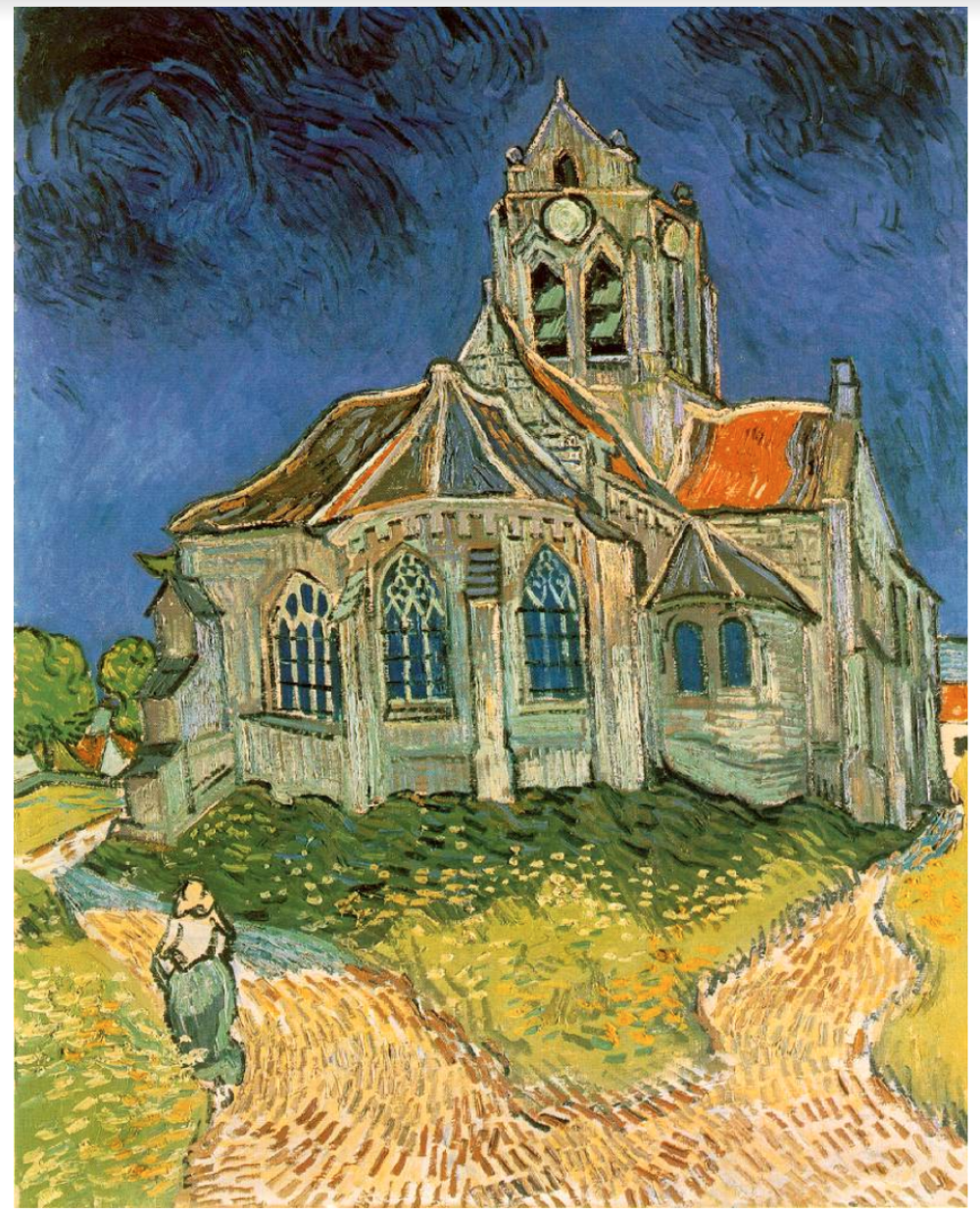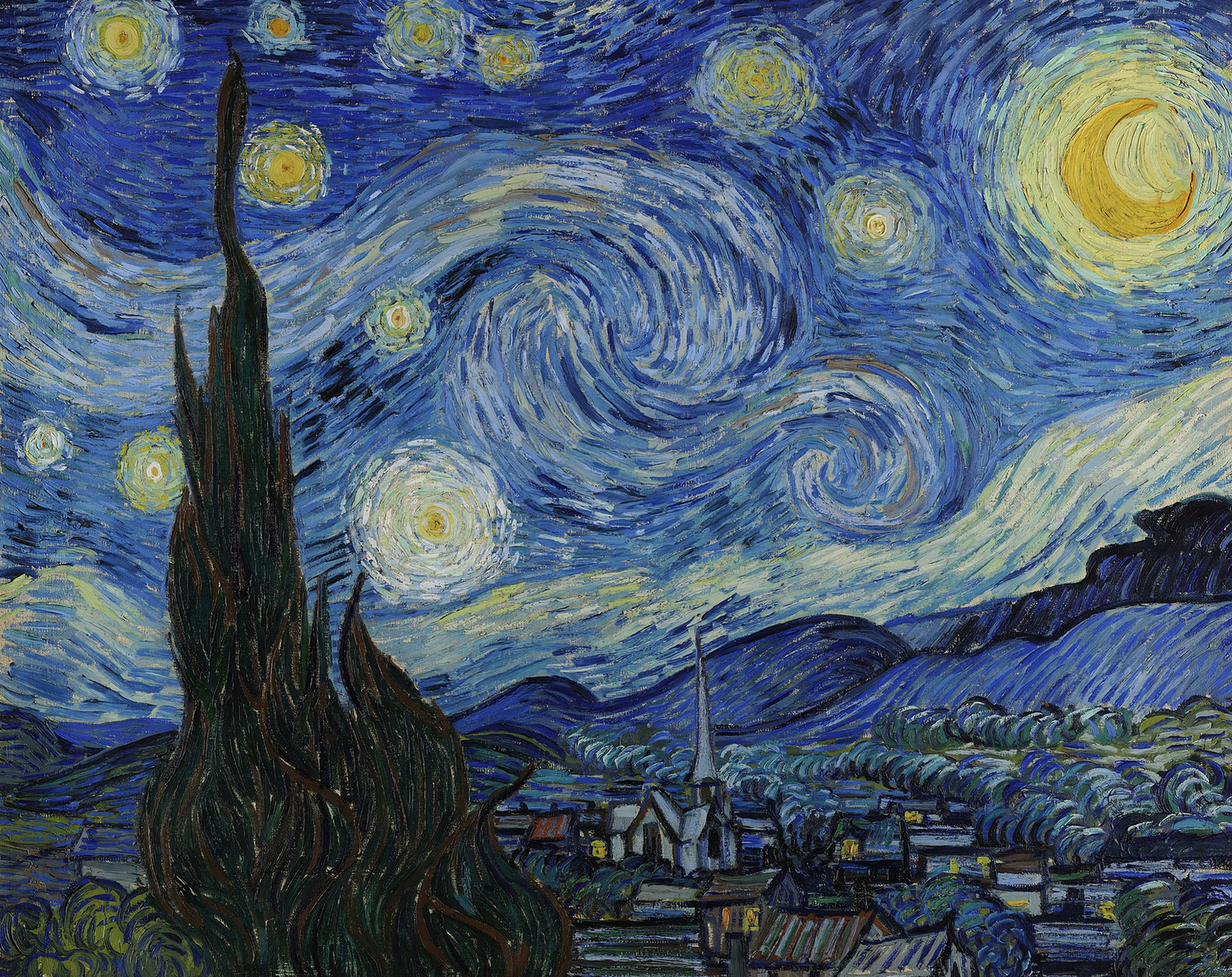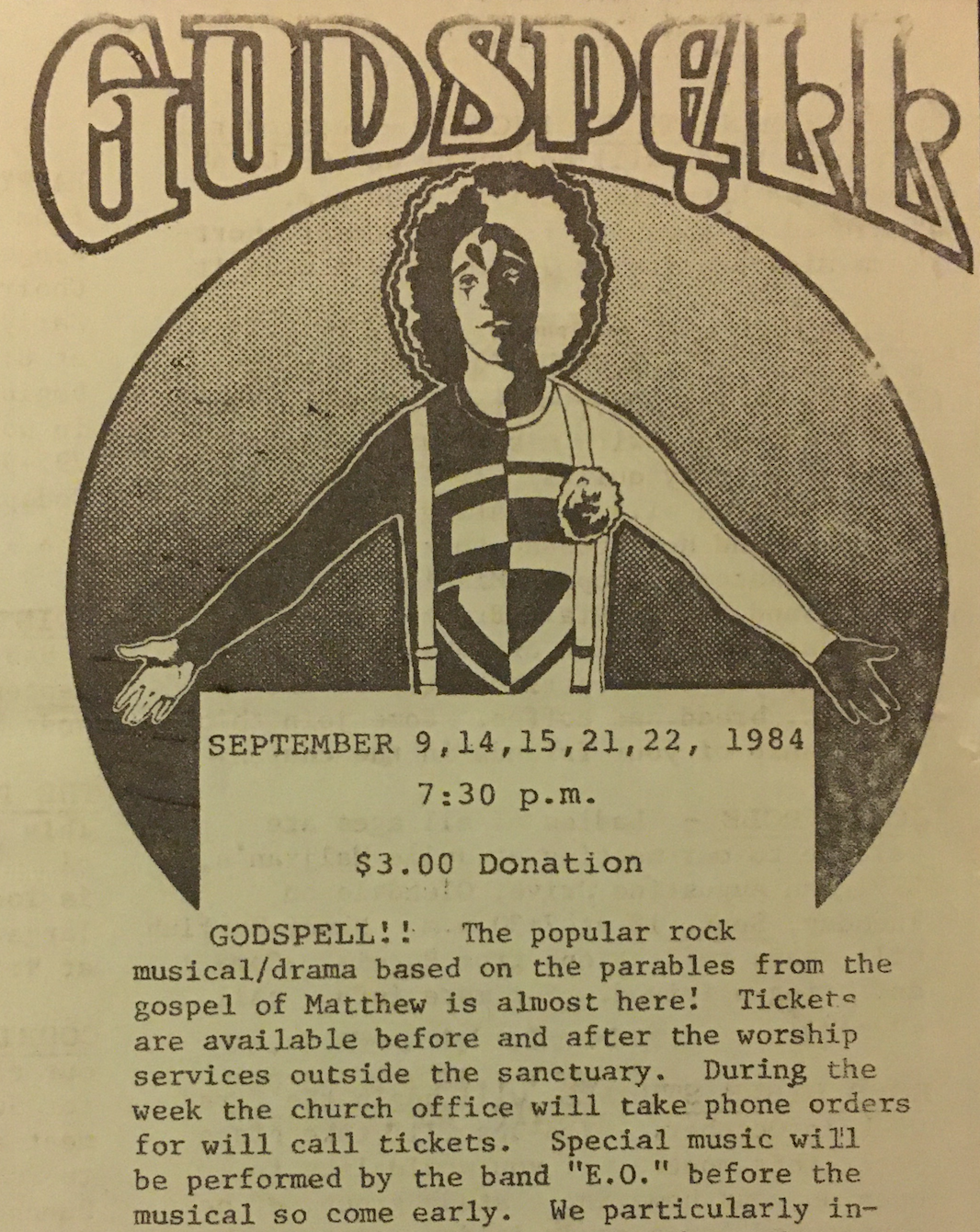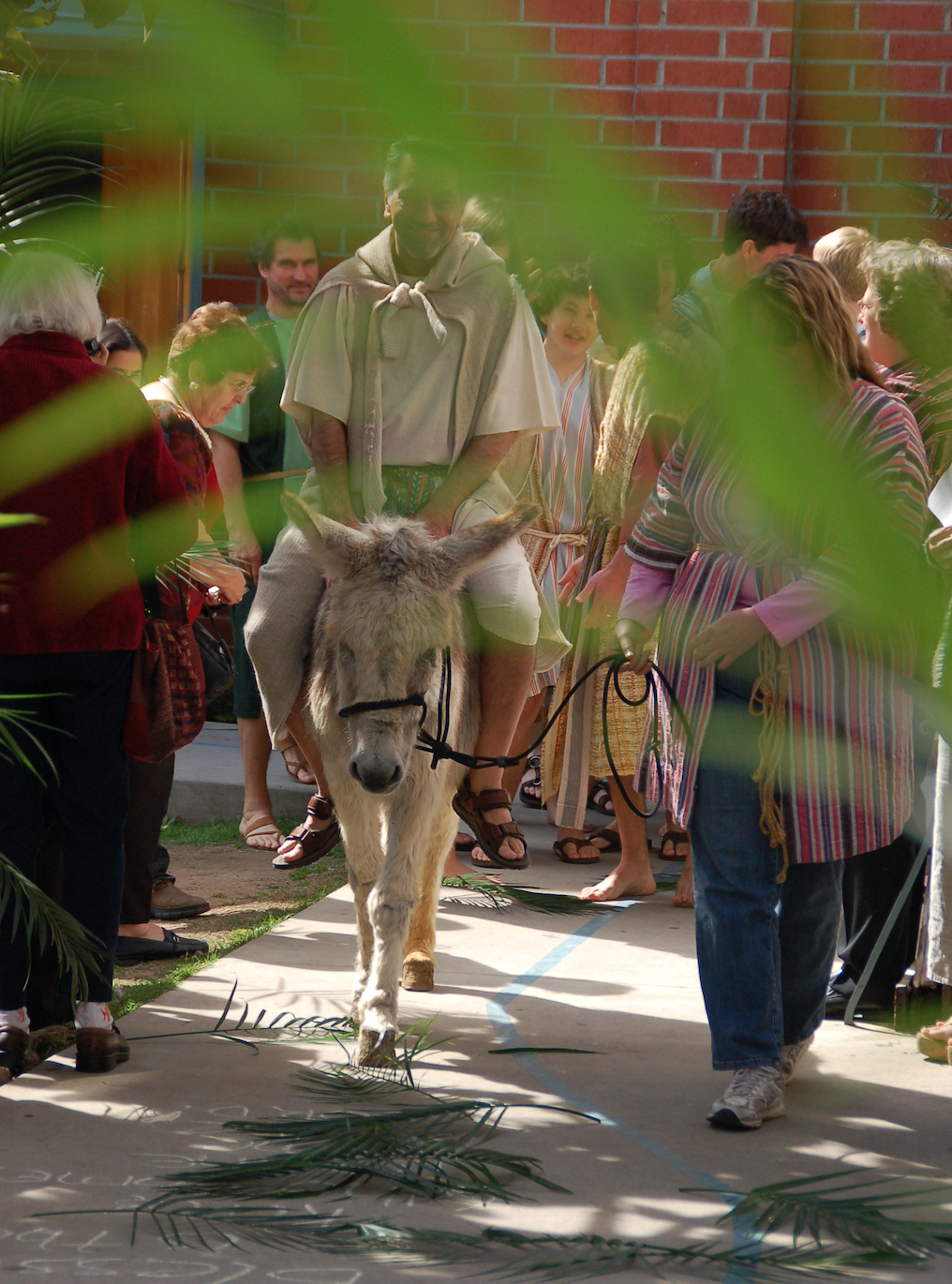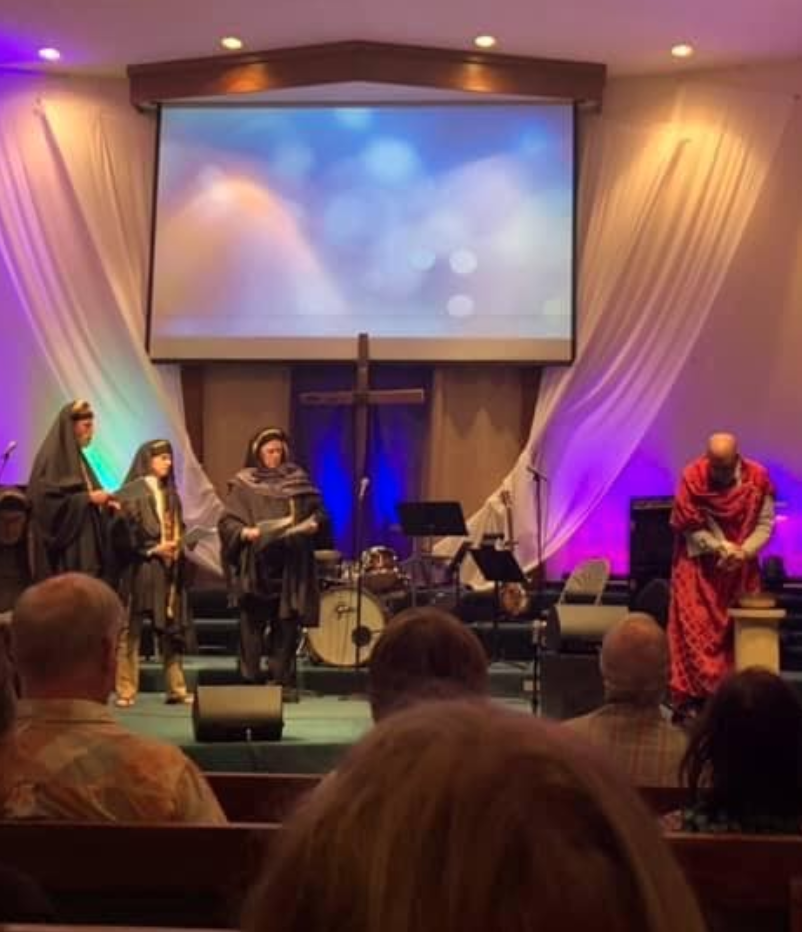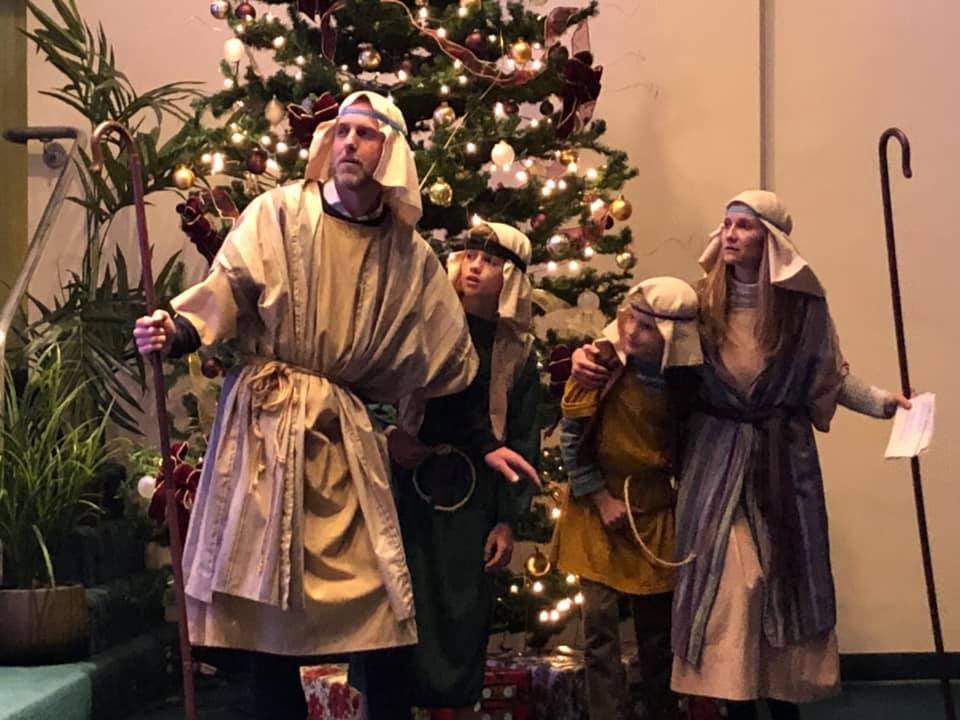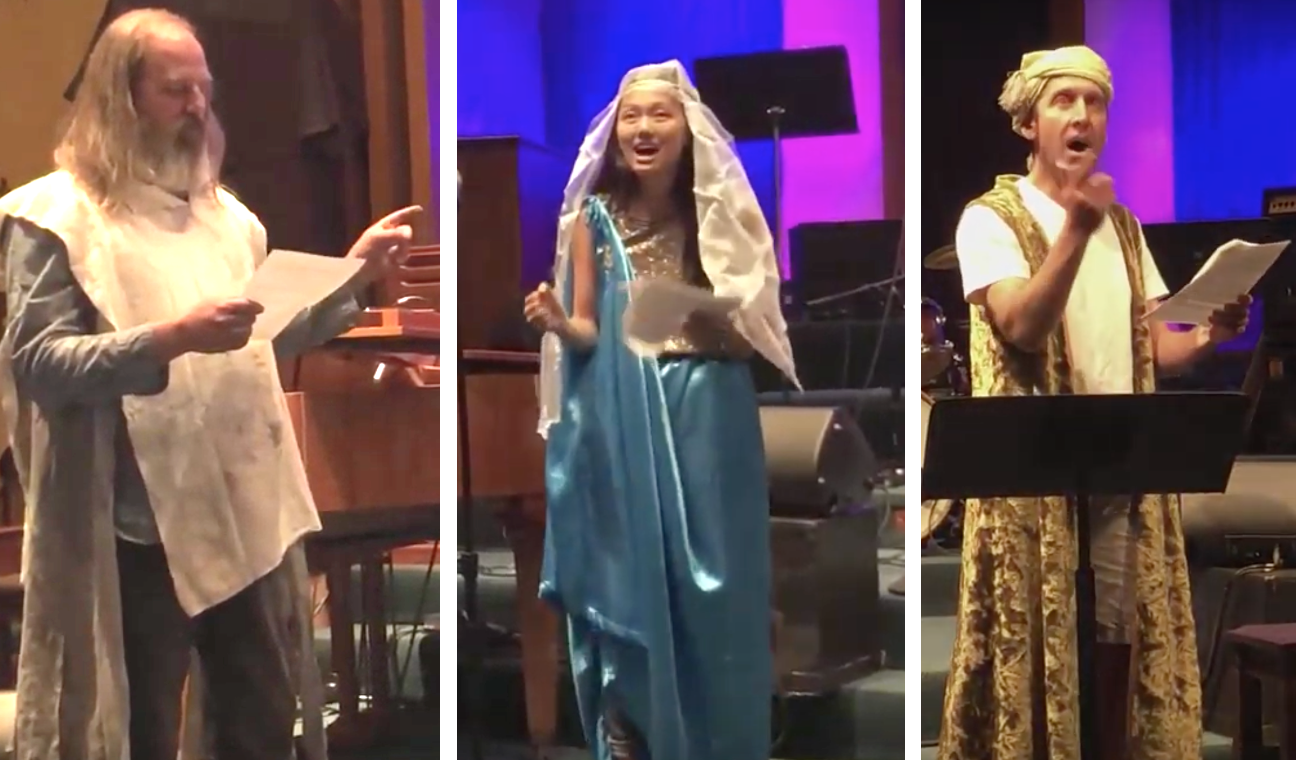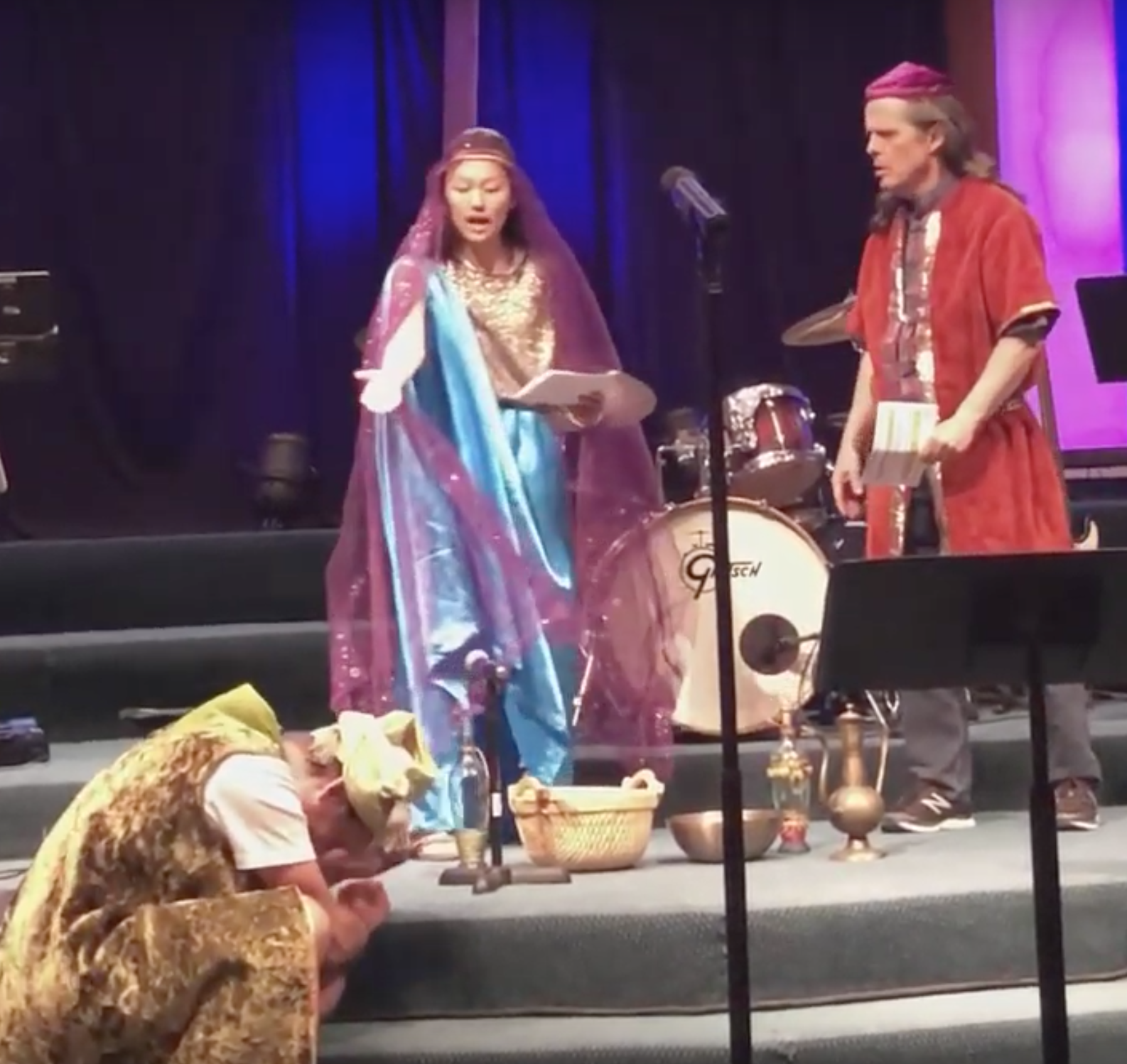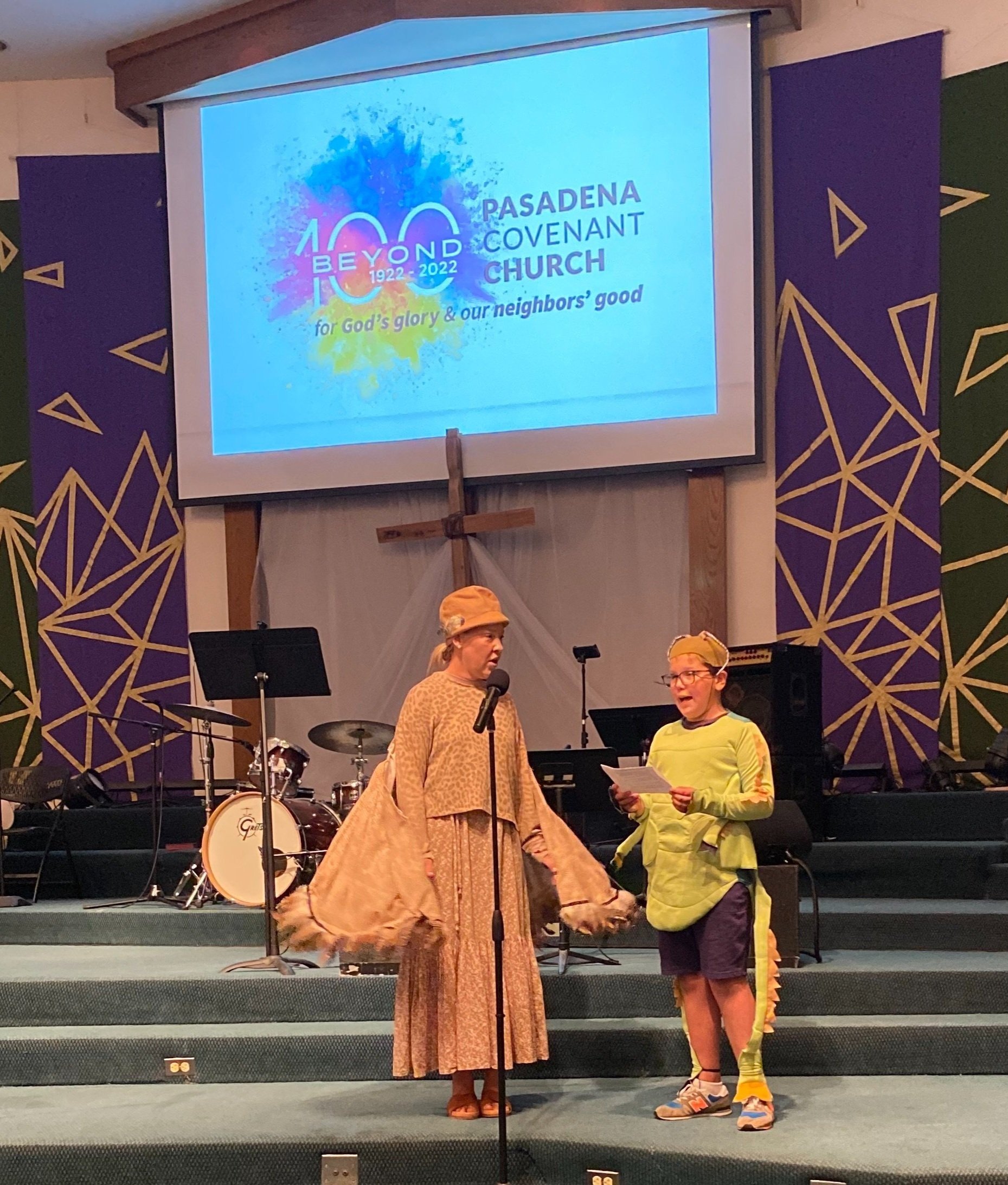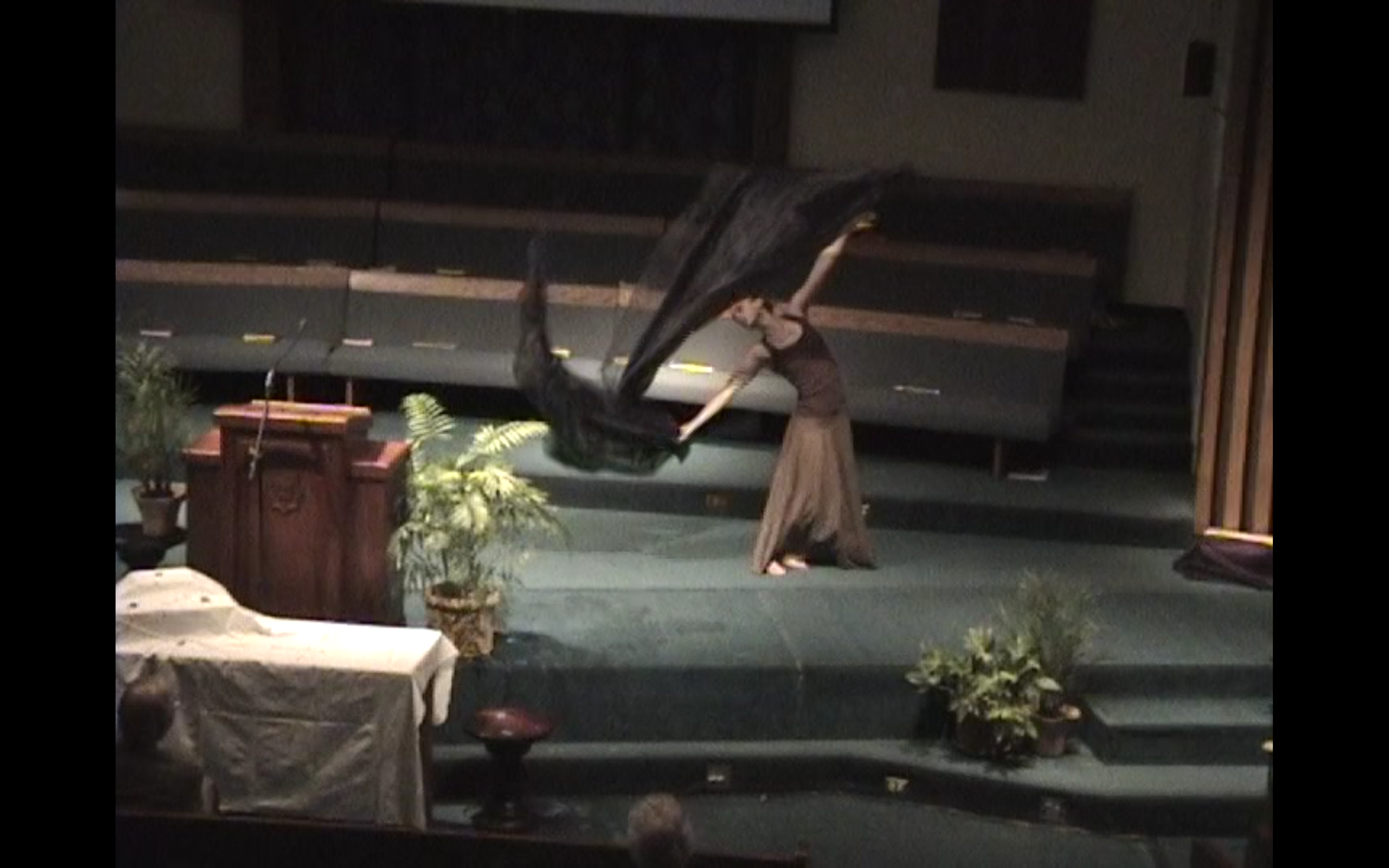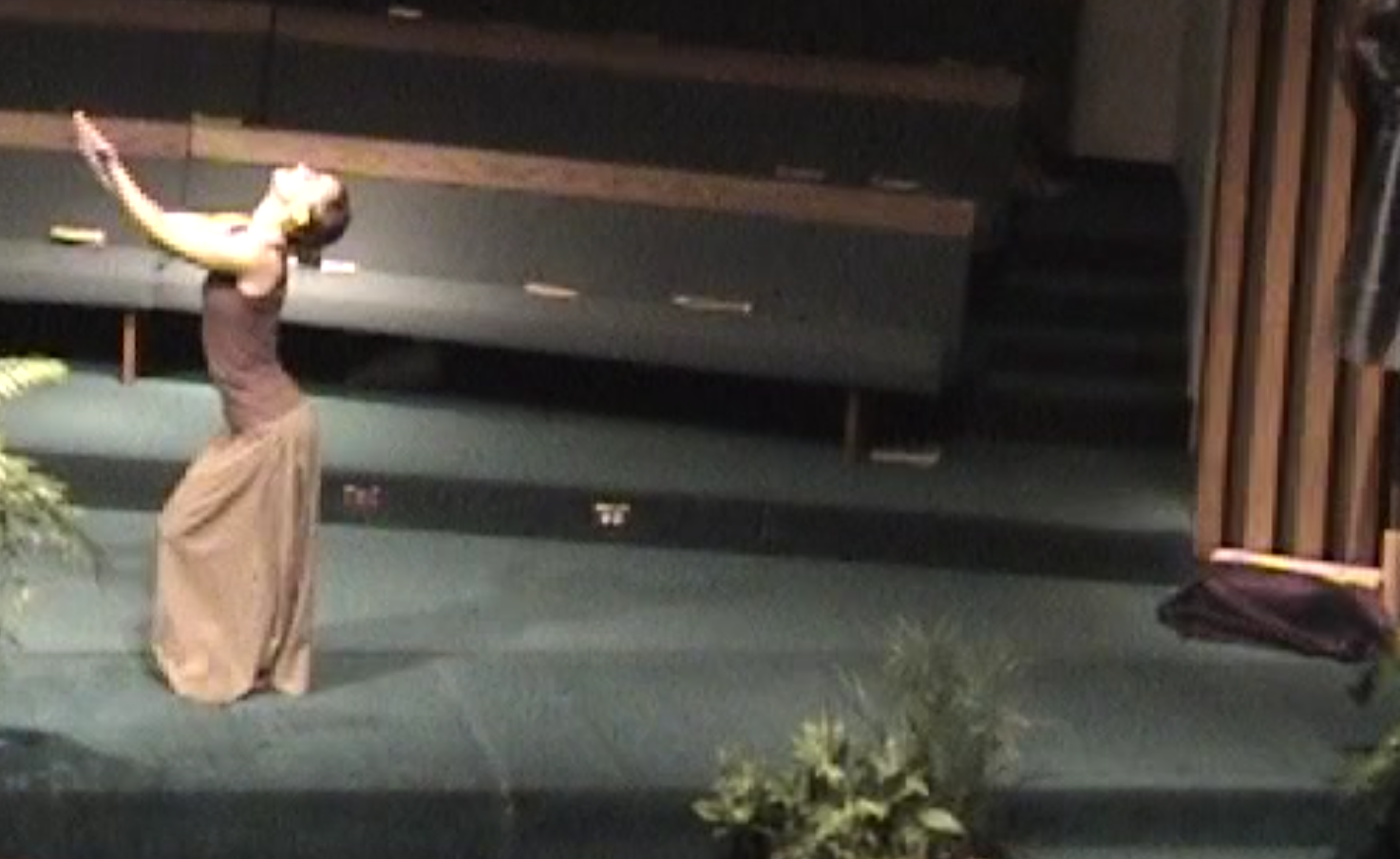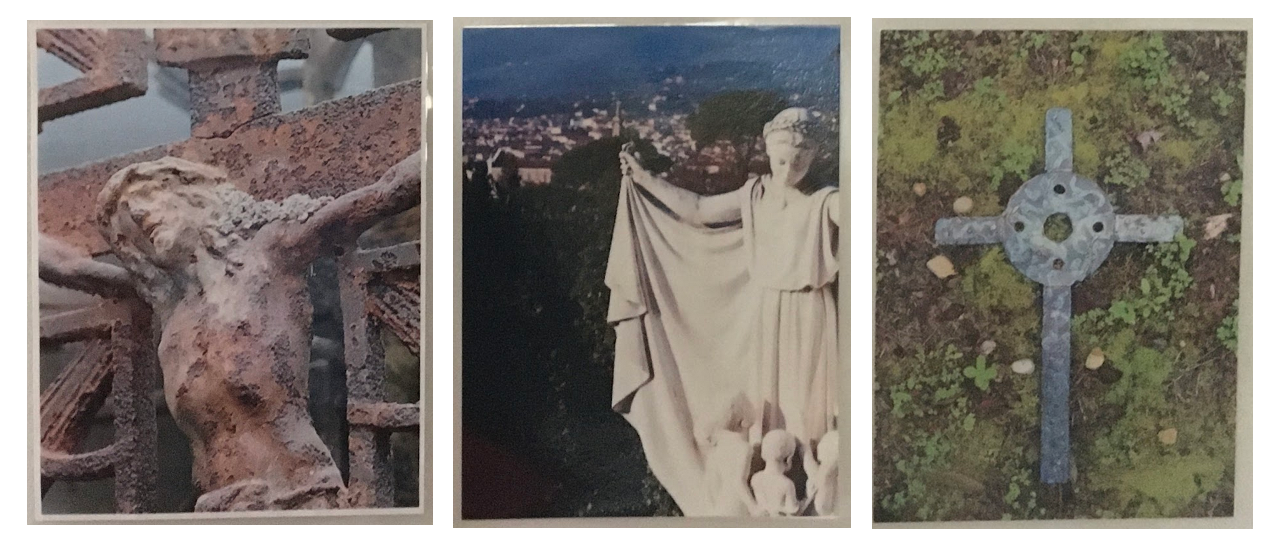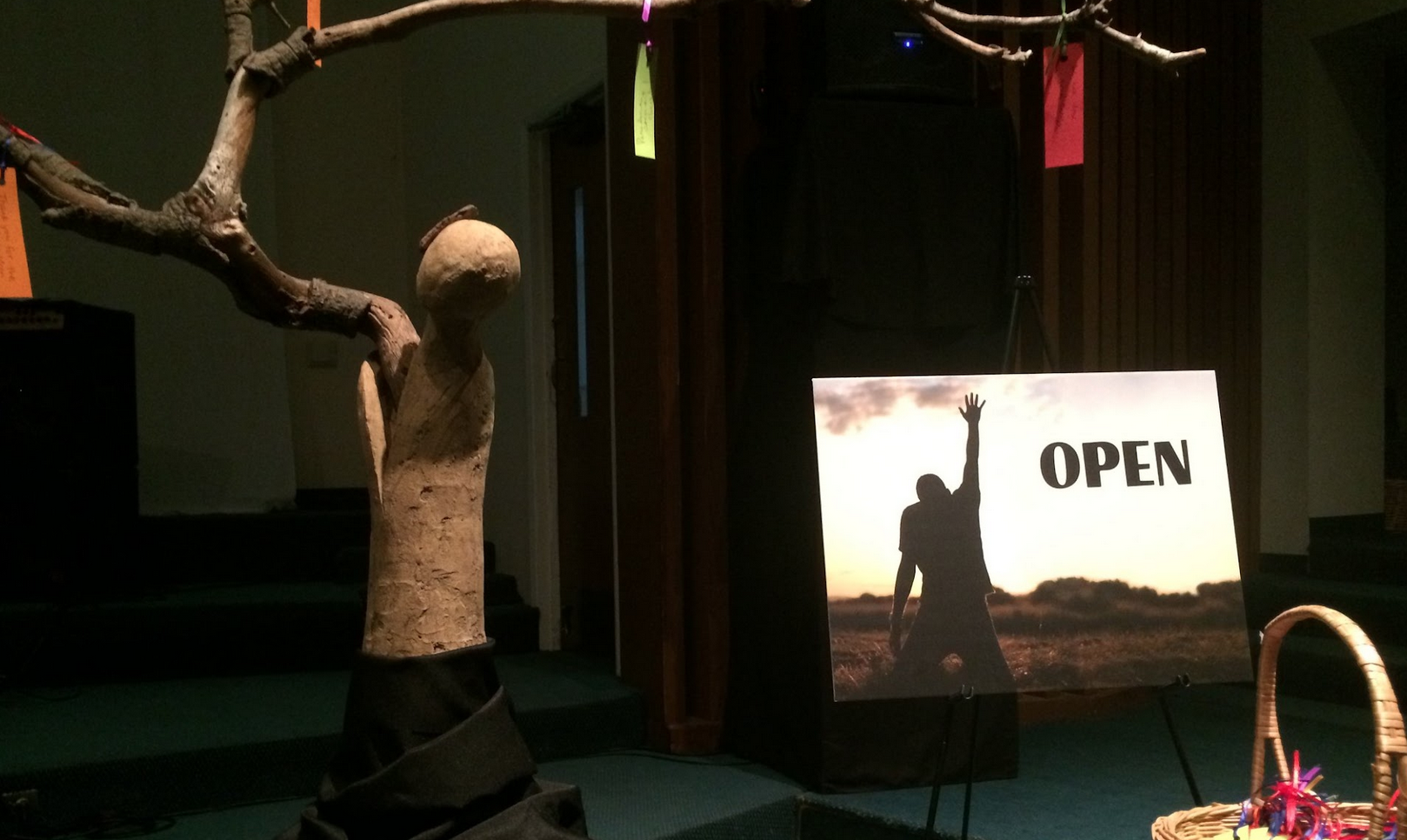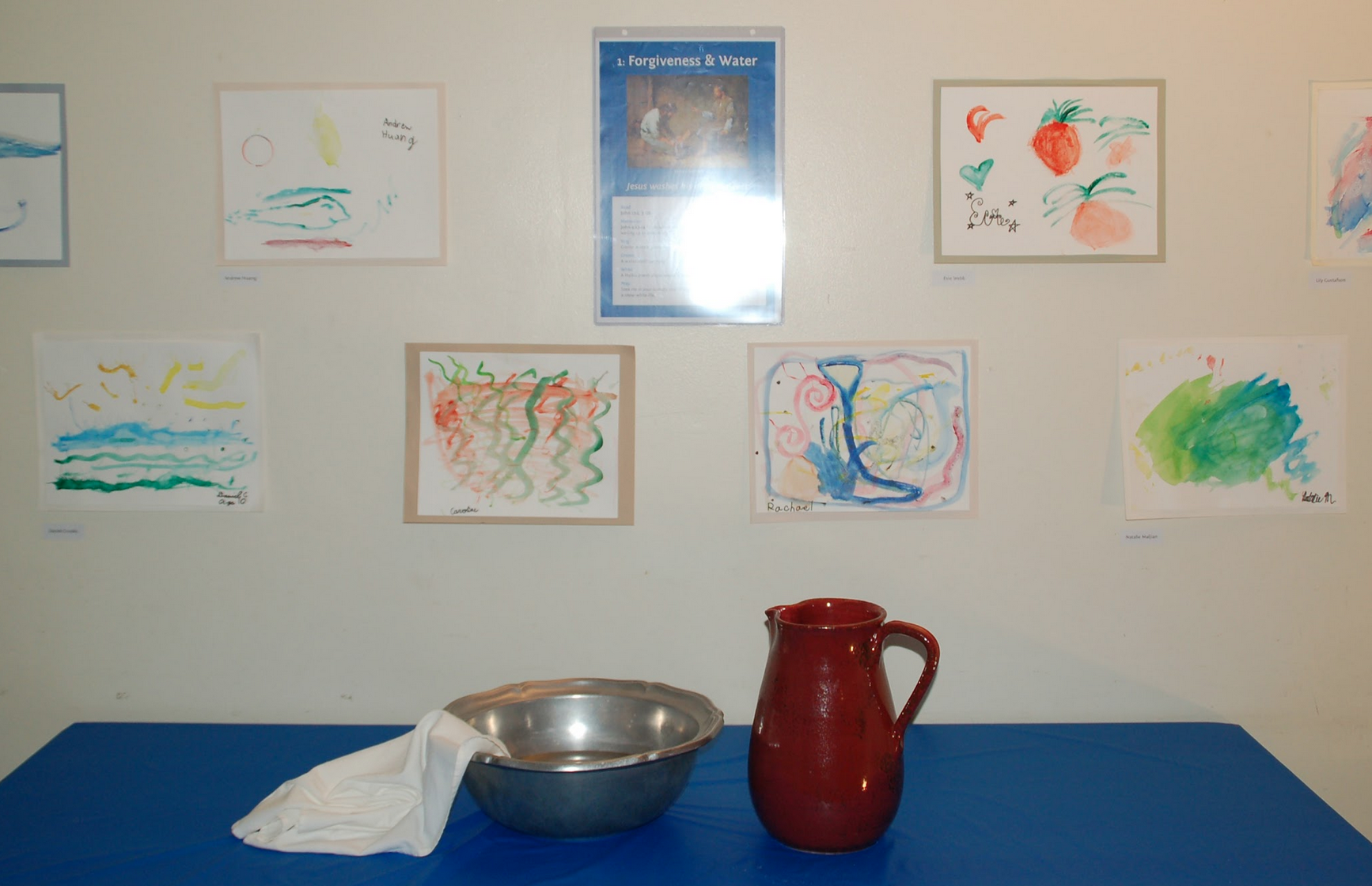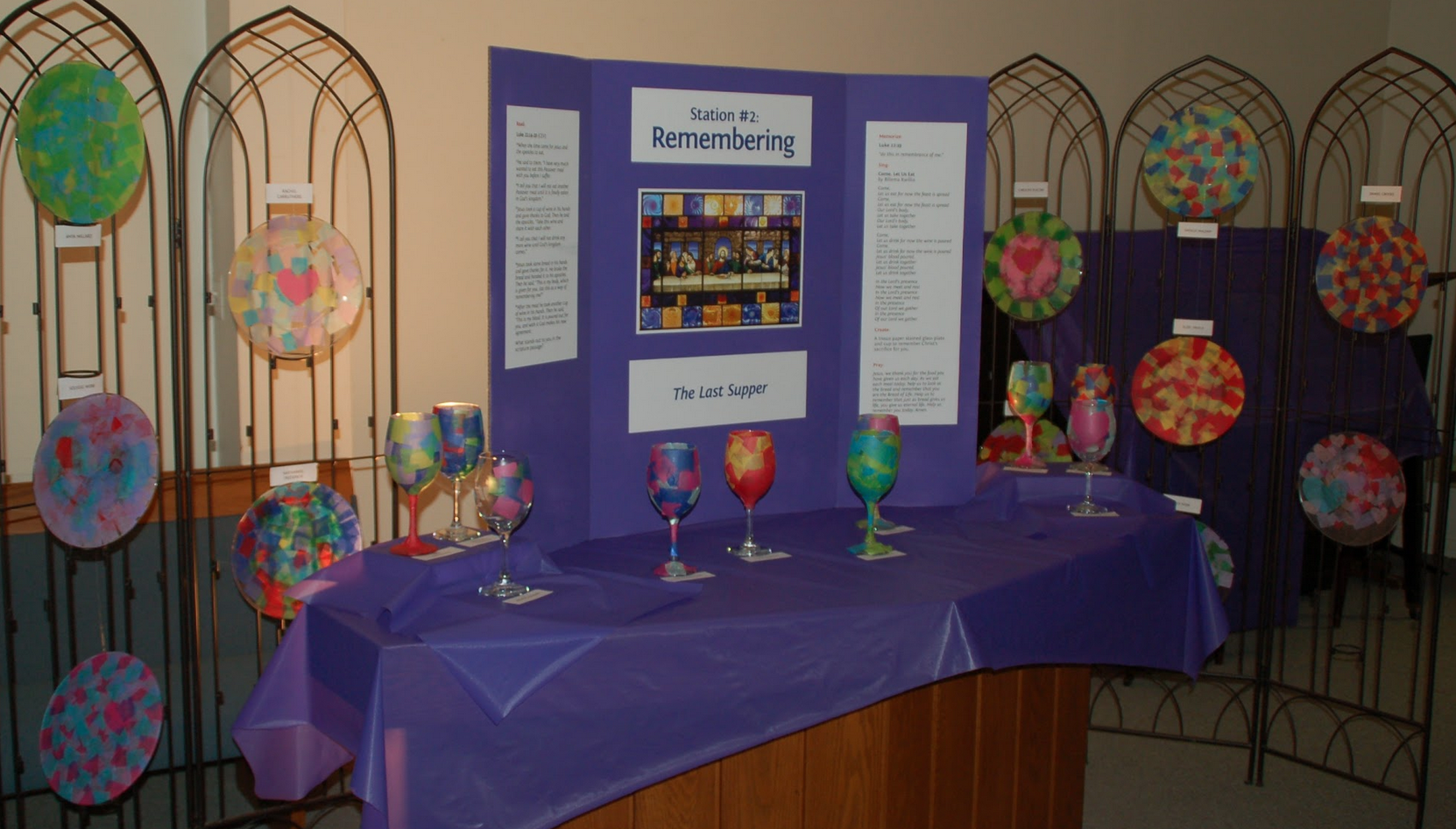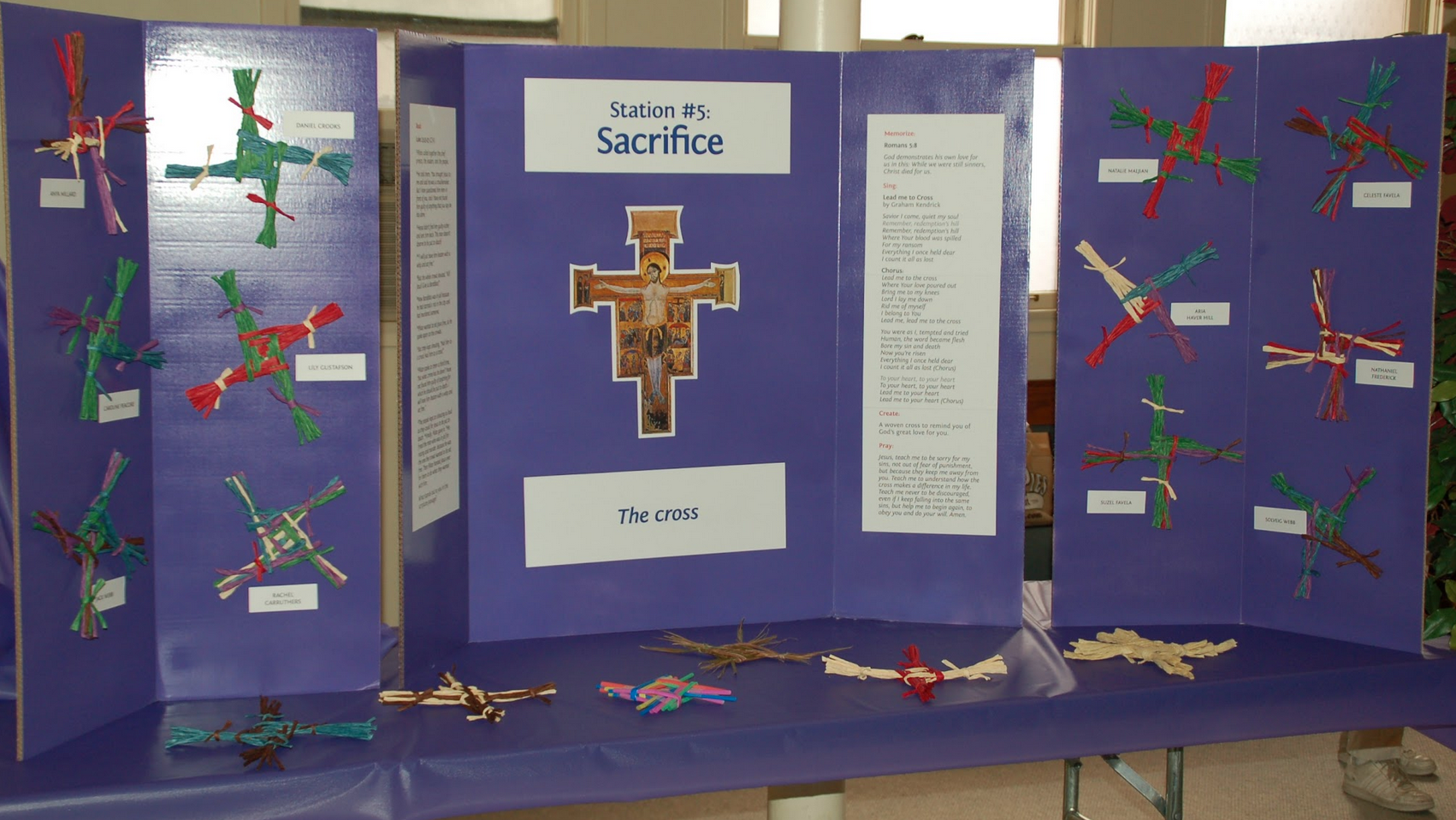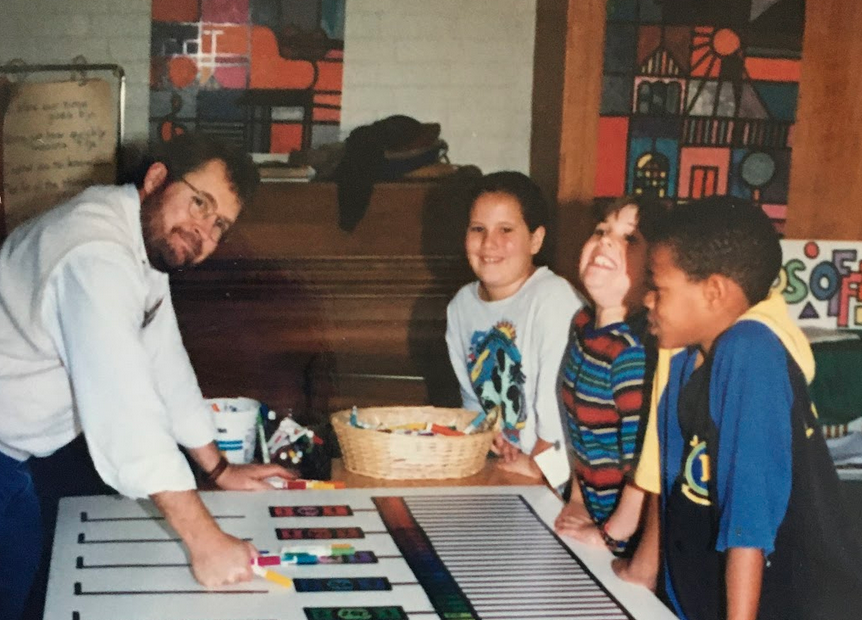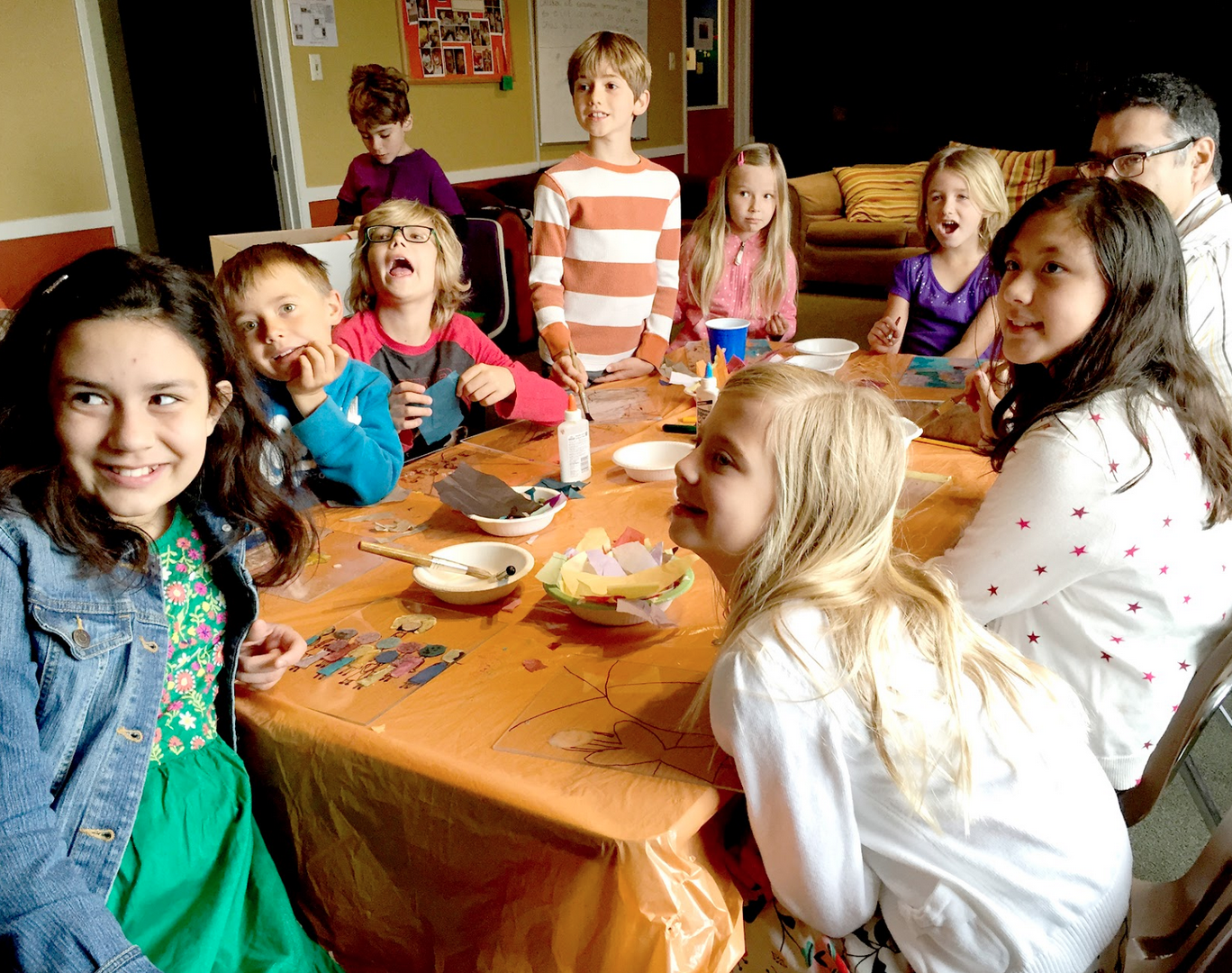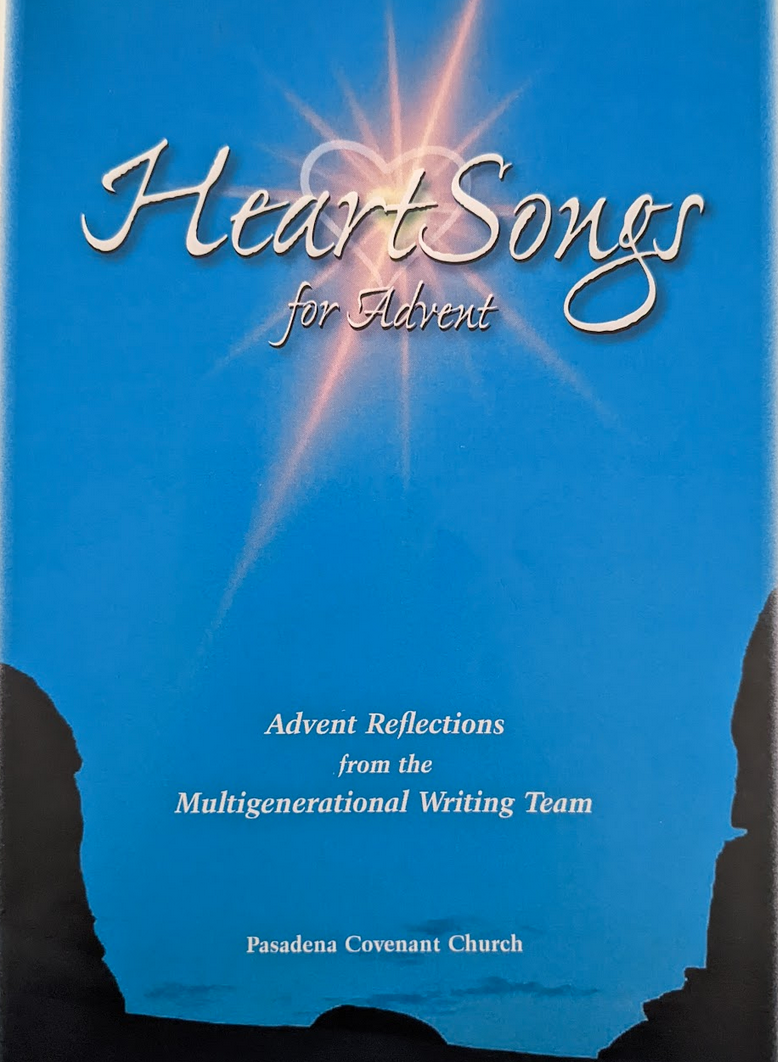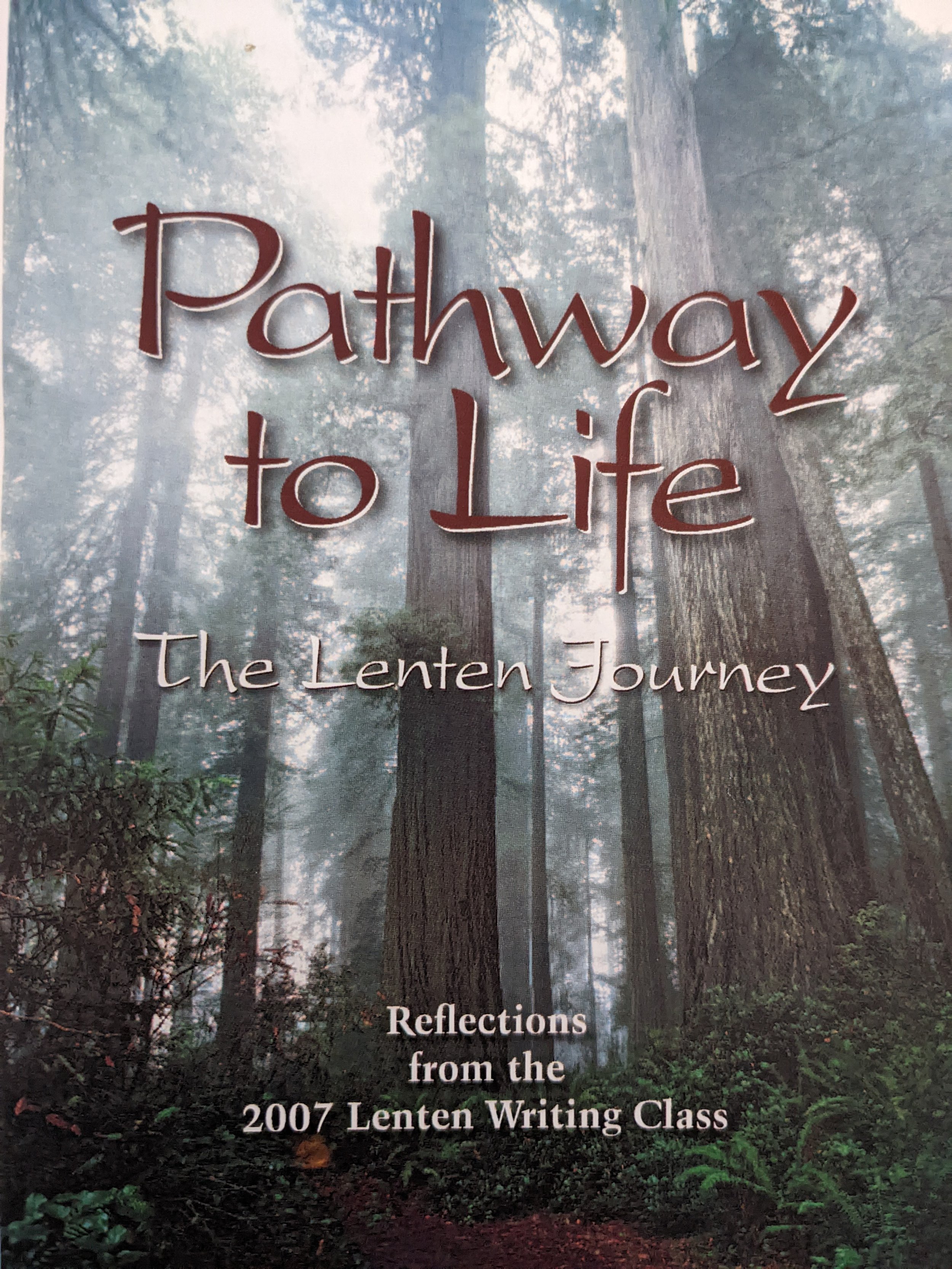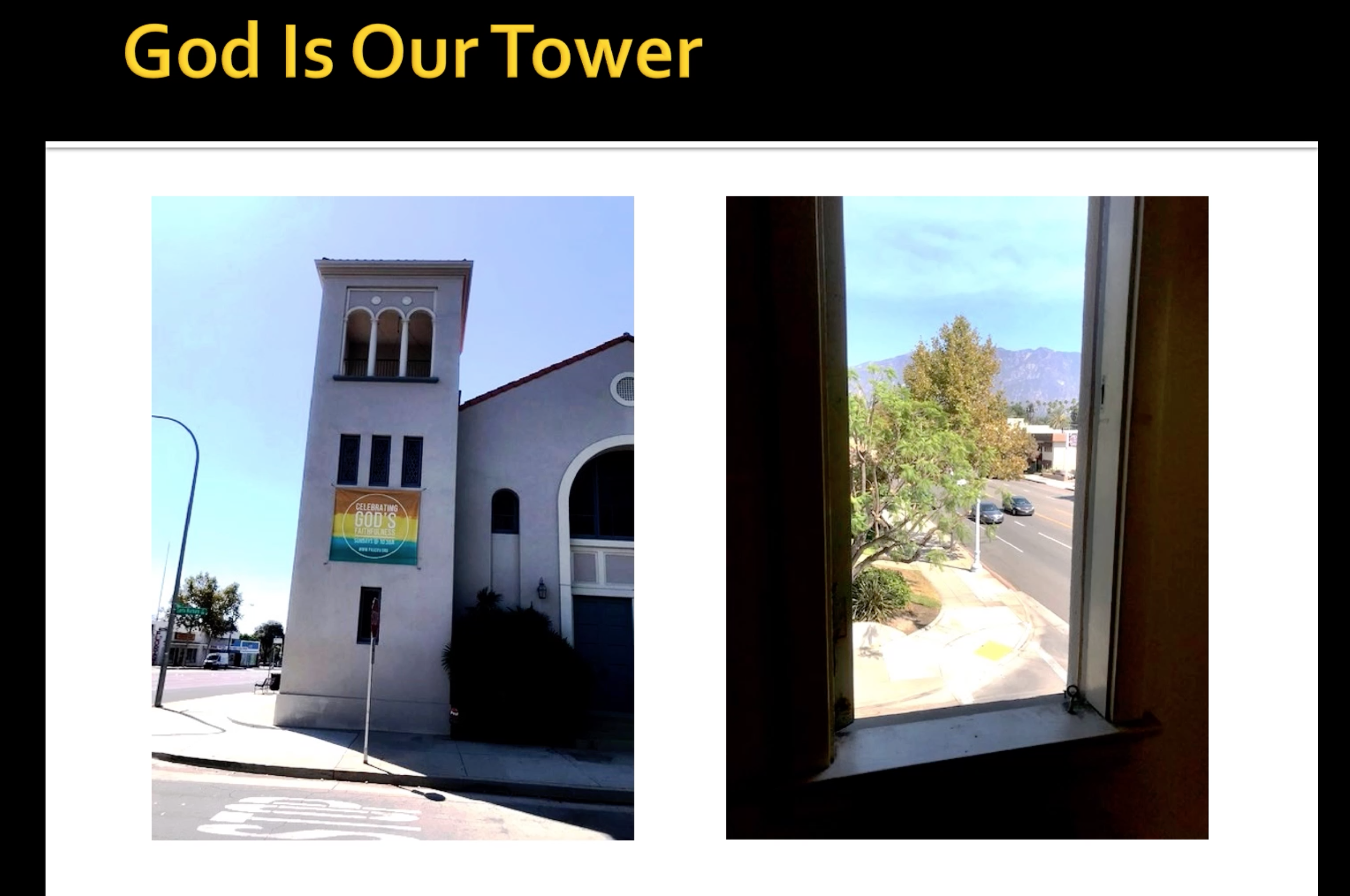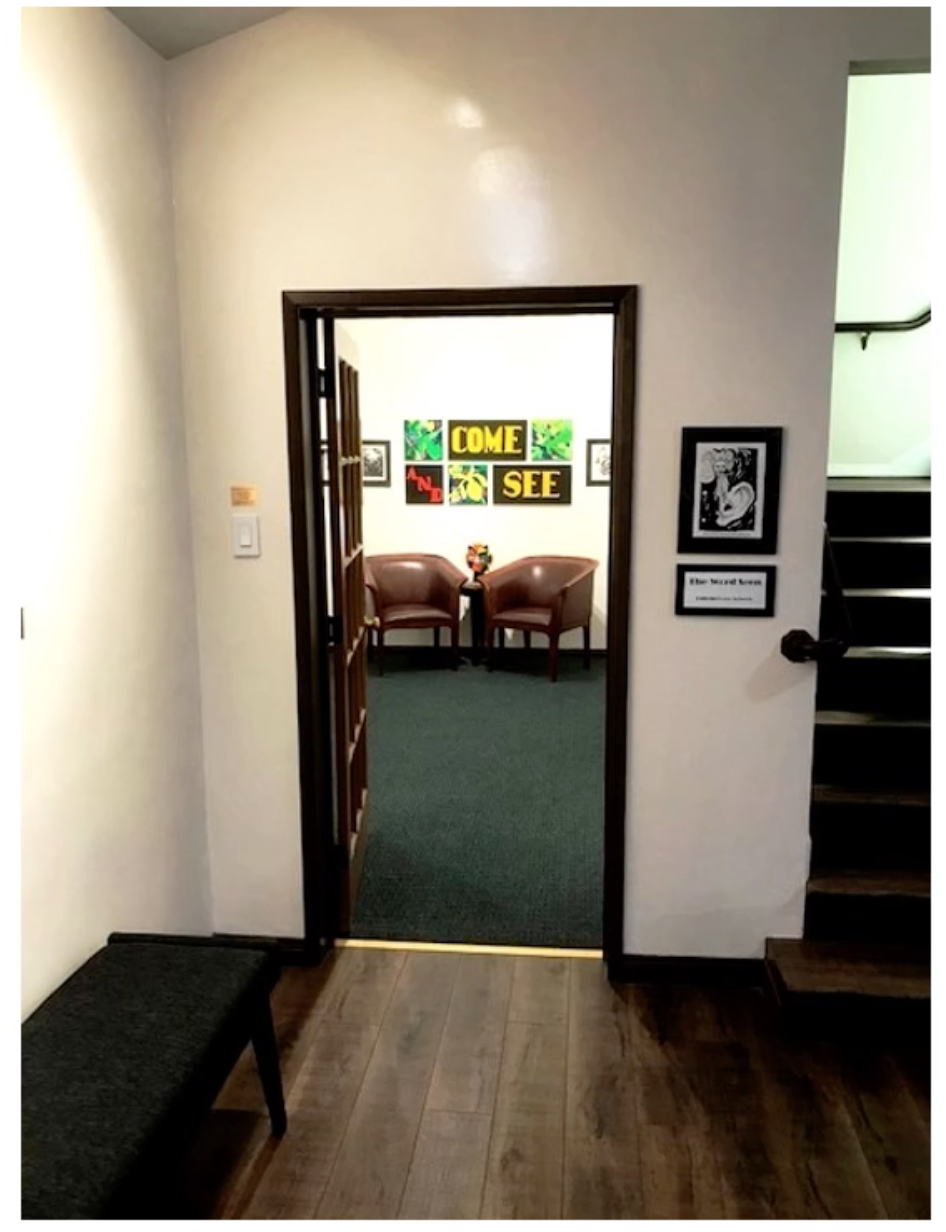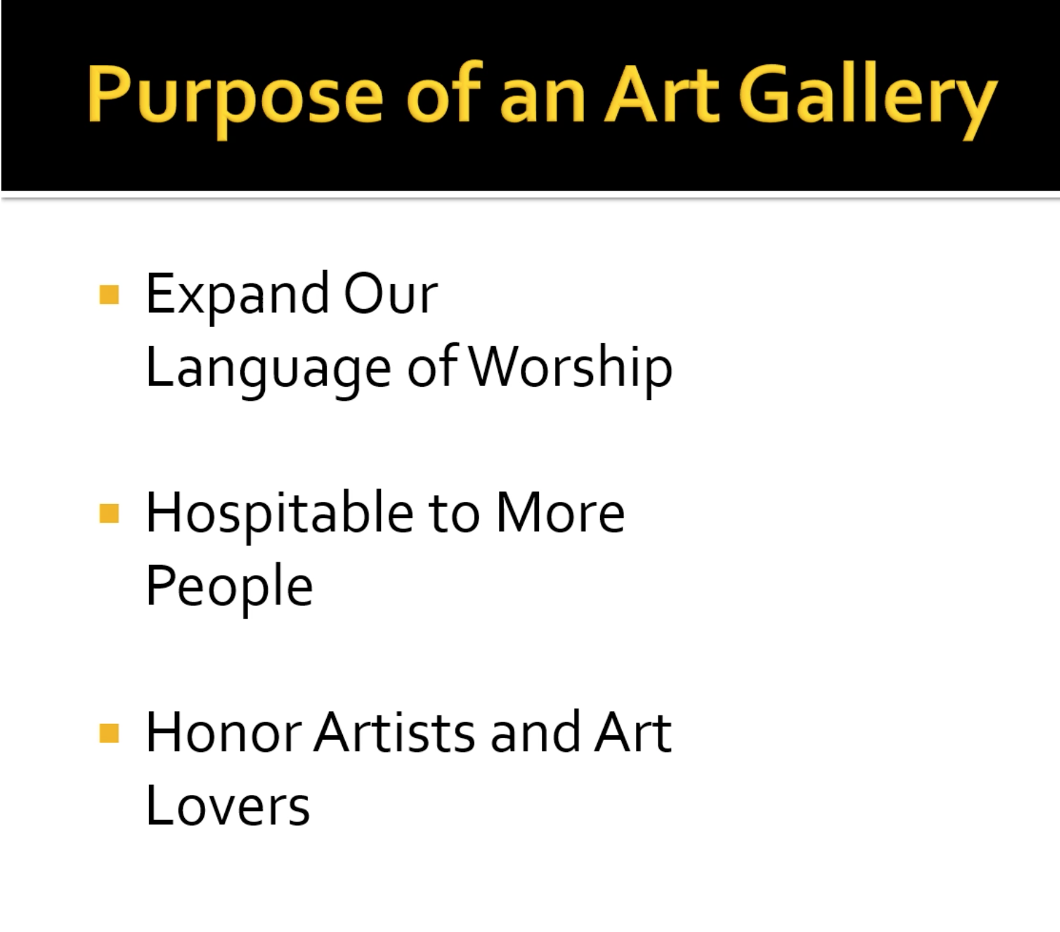Worship: Arts and Media
Note: viewing this post on a wide screen will enable readers to see the full photo captions.
The role of music in worship at Pasadena Covenant was covered in a post back in December. But what about other forms of art? The church began to incorporate visual images and media into worship in the mid-1970s. Since then, congregants have come to expect that artistic and dramatic elements will make worship and teaching come alive, and creative people have felt free to use their gifts to honor God here.
The Beginning
The catalyst was the appointment of Mel White as pastor in 1974. Mel had founded a studio that produced television documentaries and movies; he had degrees in communication, film, and religious studies; and he was adjunct professor of communication at Fuller Seminary. An example of how Mel brought this together as pastor at Pasadena Covenant was a series of Sunday evening services on Psalm 23, featuring documentaries he had produced and directed. The congregation grew substantially during his time as pastor, with lots of young people joining.
Ministers in the Arts and lay contributions
Mel White attracted creative people to the church, including Gene and Mary Lou Totten. They were officially on church staff as “Ministers in the Arts” starting in 1977. In addition to working with the children’s choir, participating in musicals, directing dramatic sketches, and much more, they encouraged a large team of visual artists to create bulletin covers. In the 1970s and 1980s especially, sermon themes were vividly illustrated in this way.
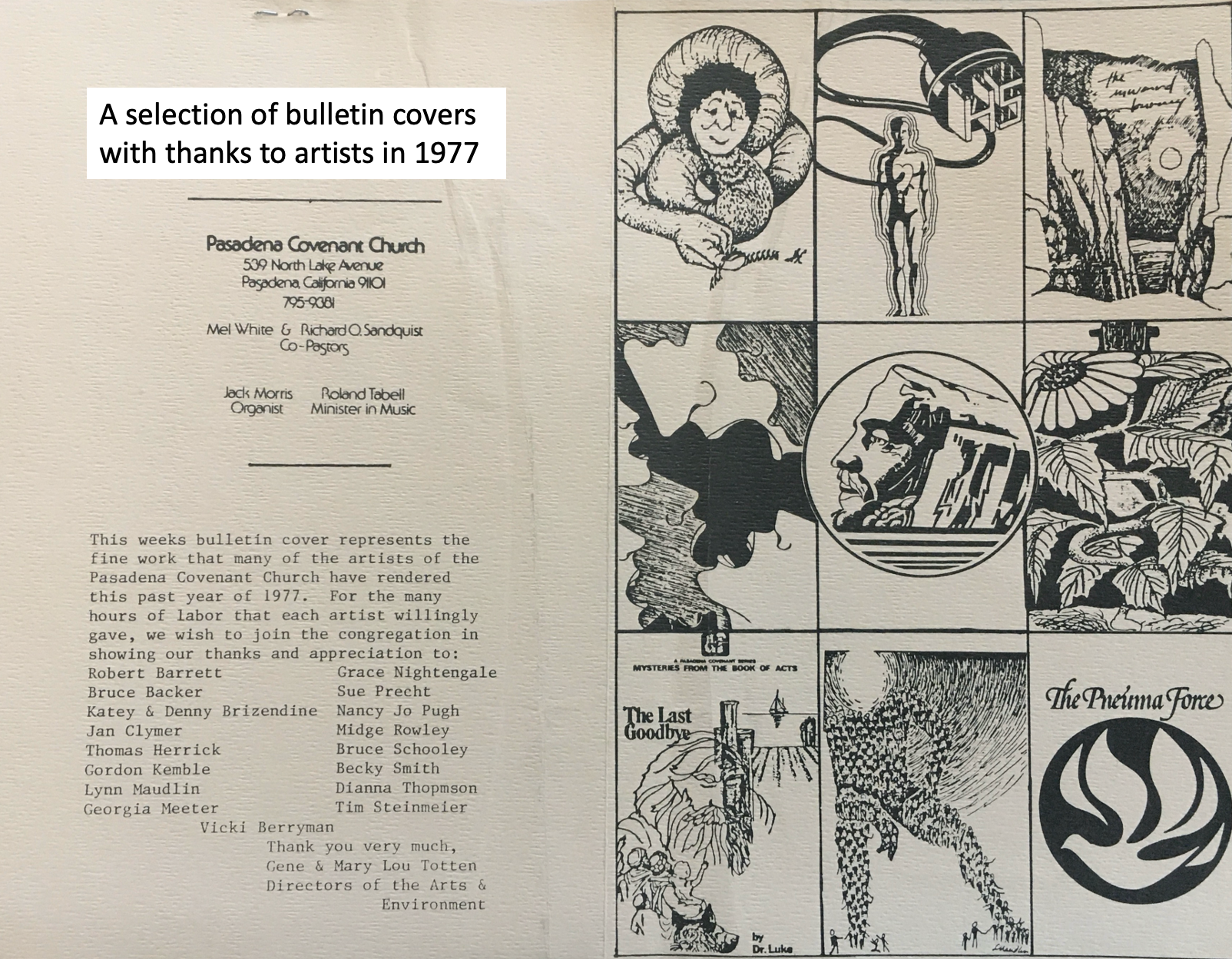
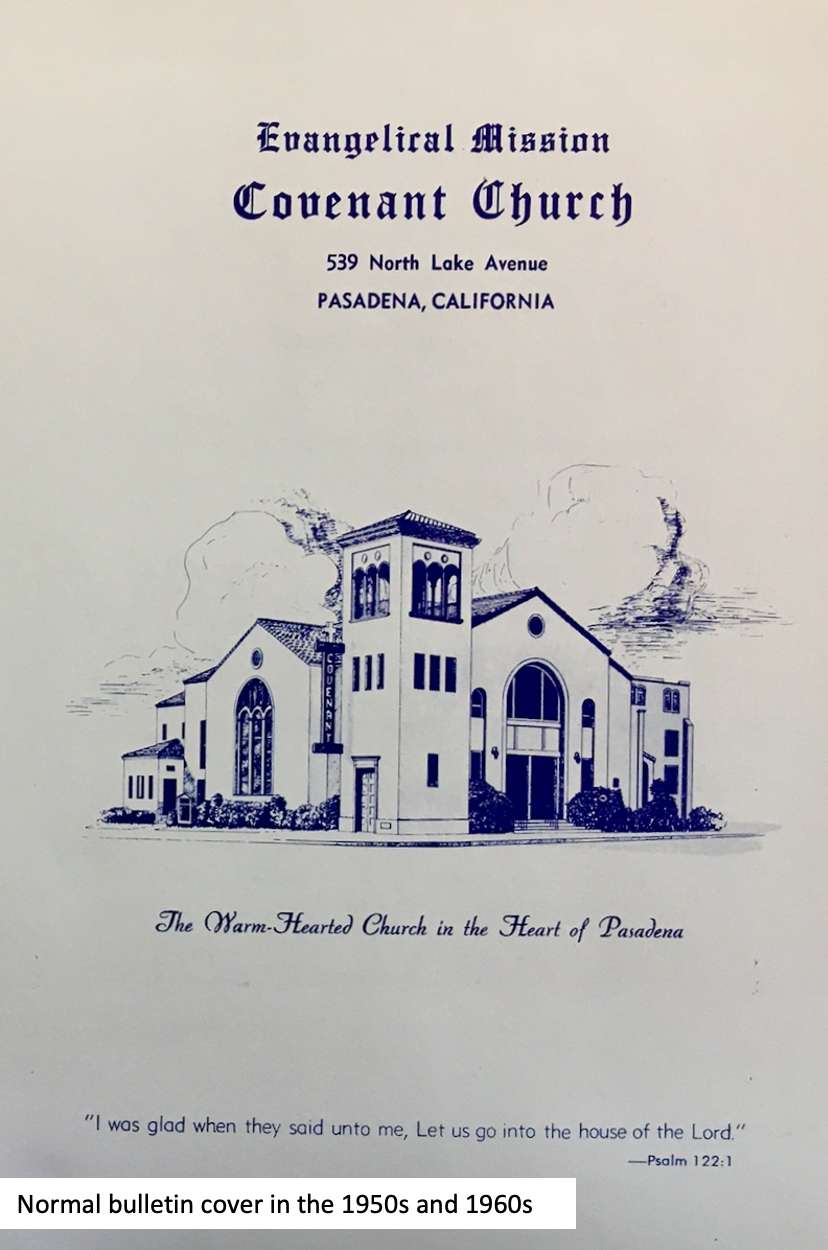
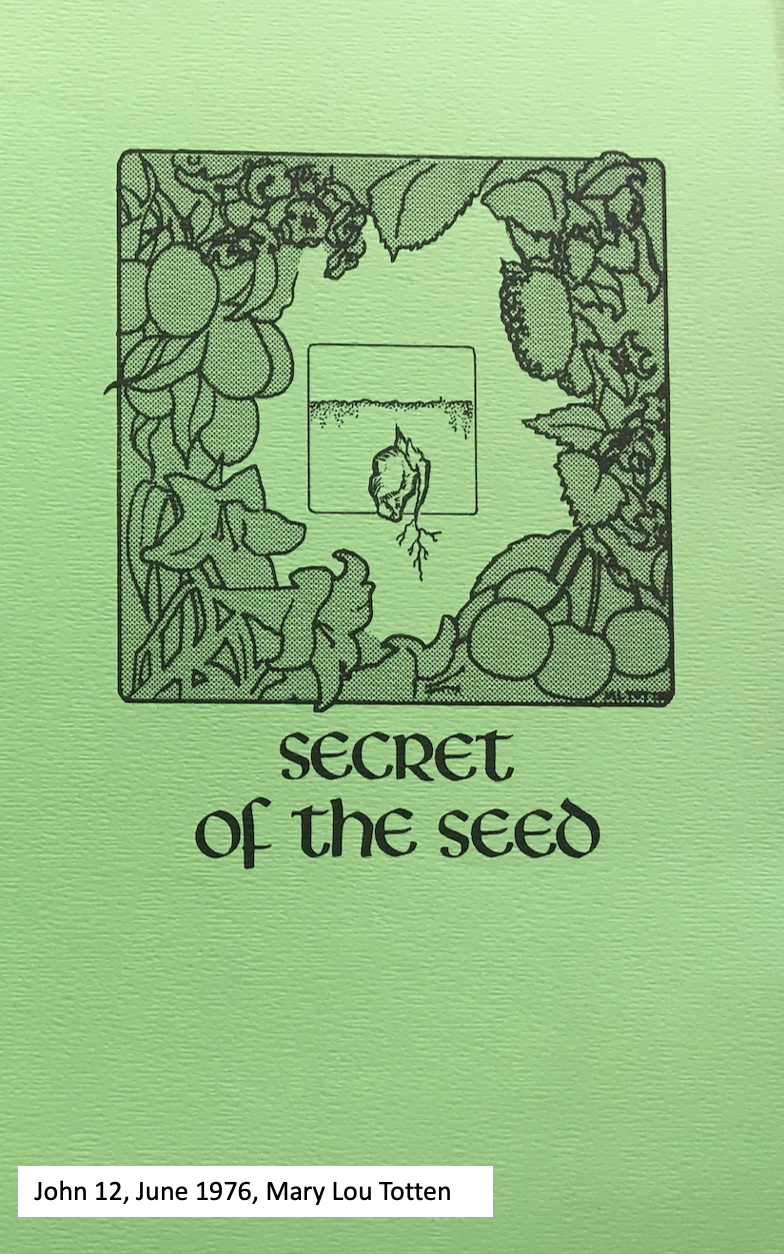

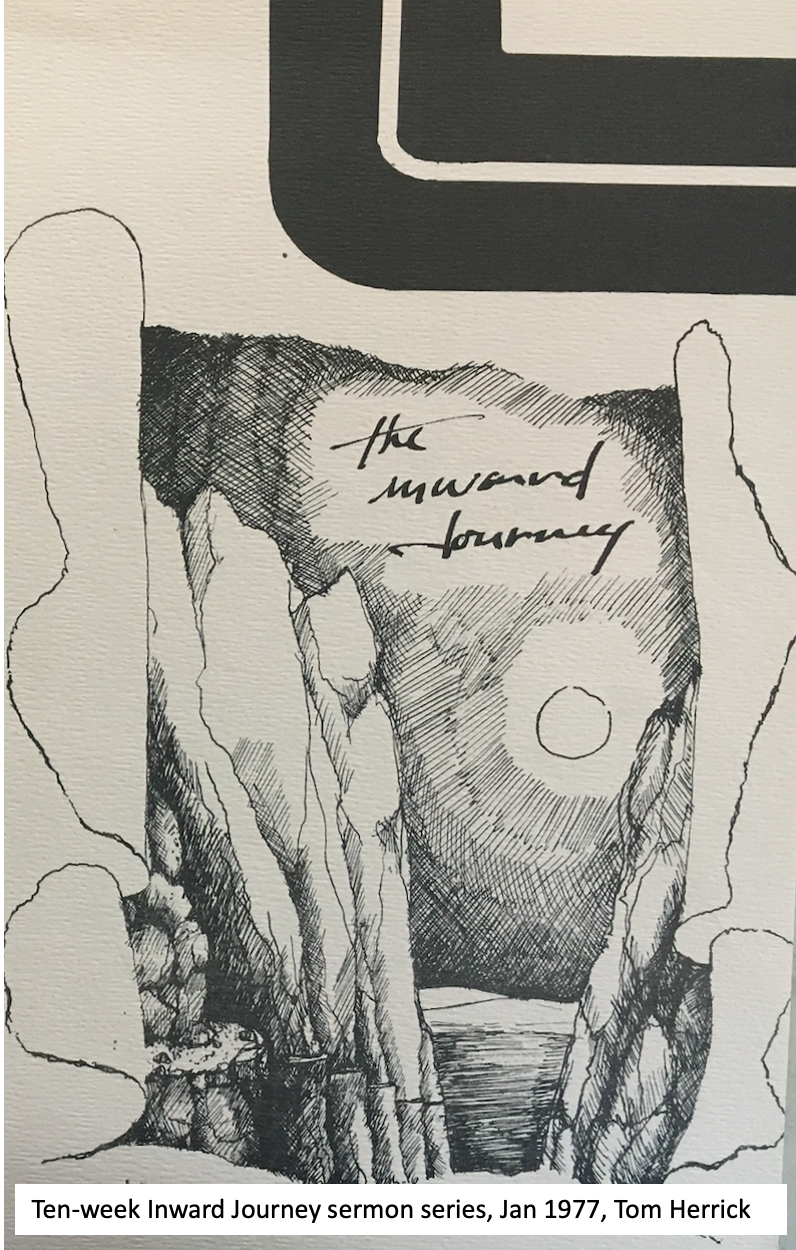
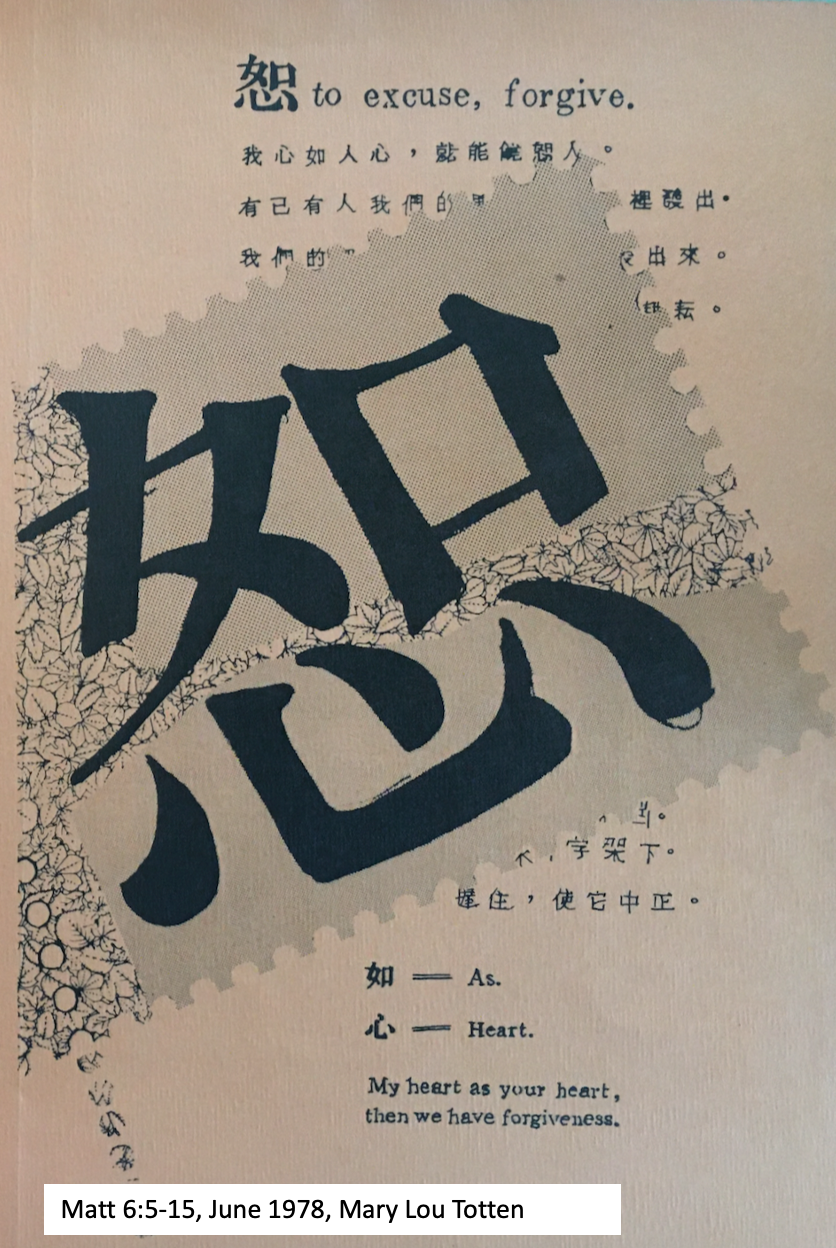
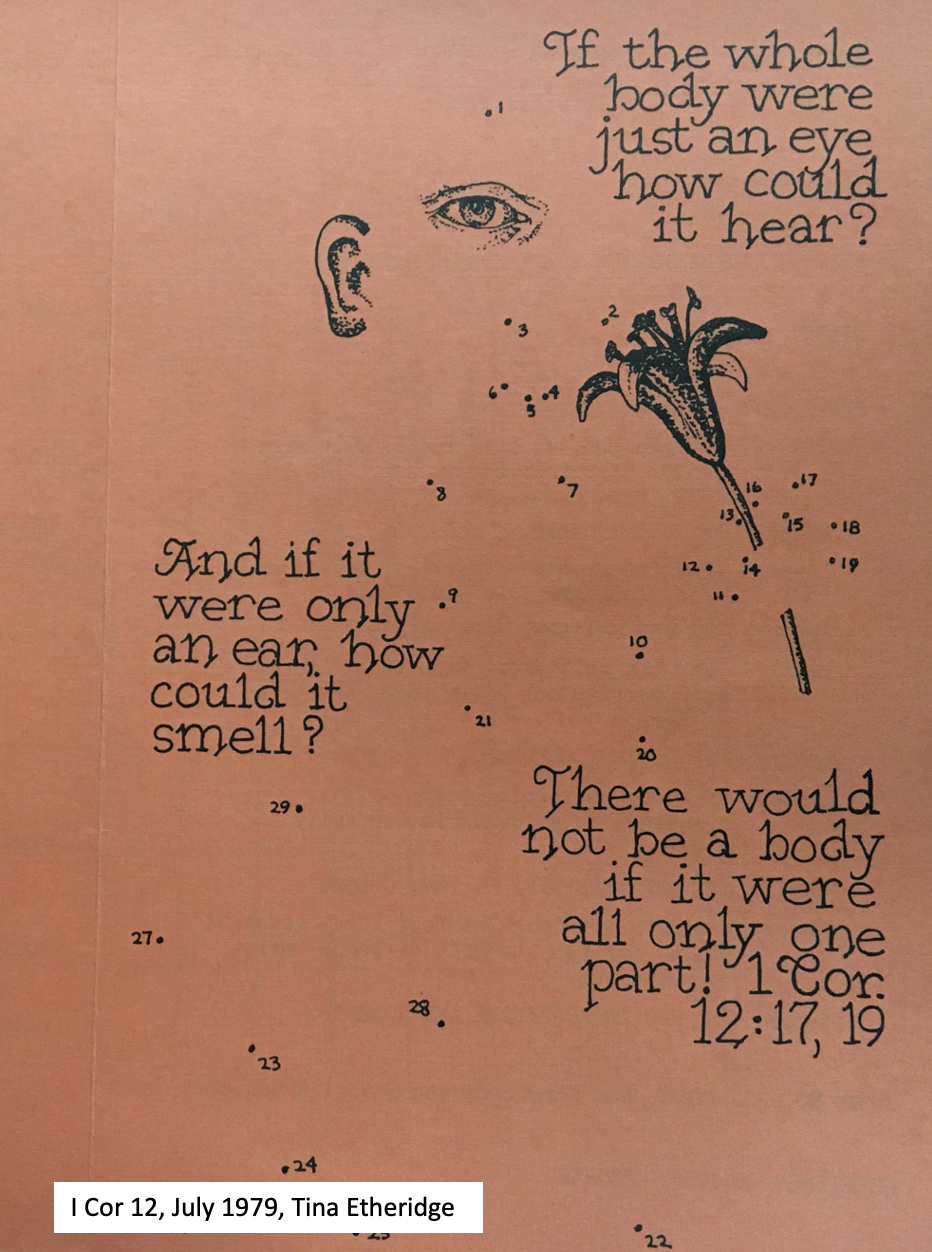
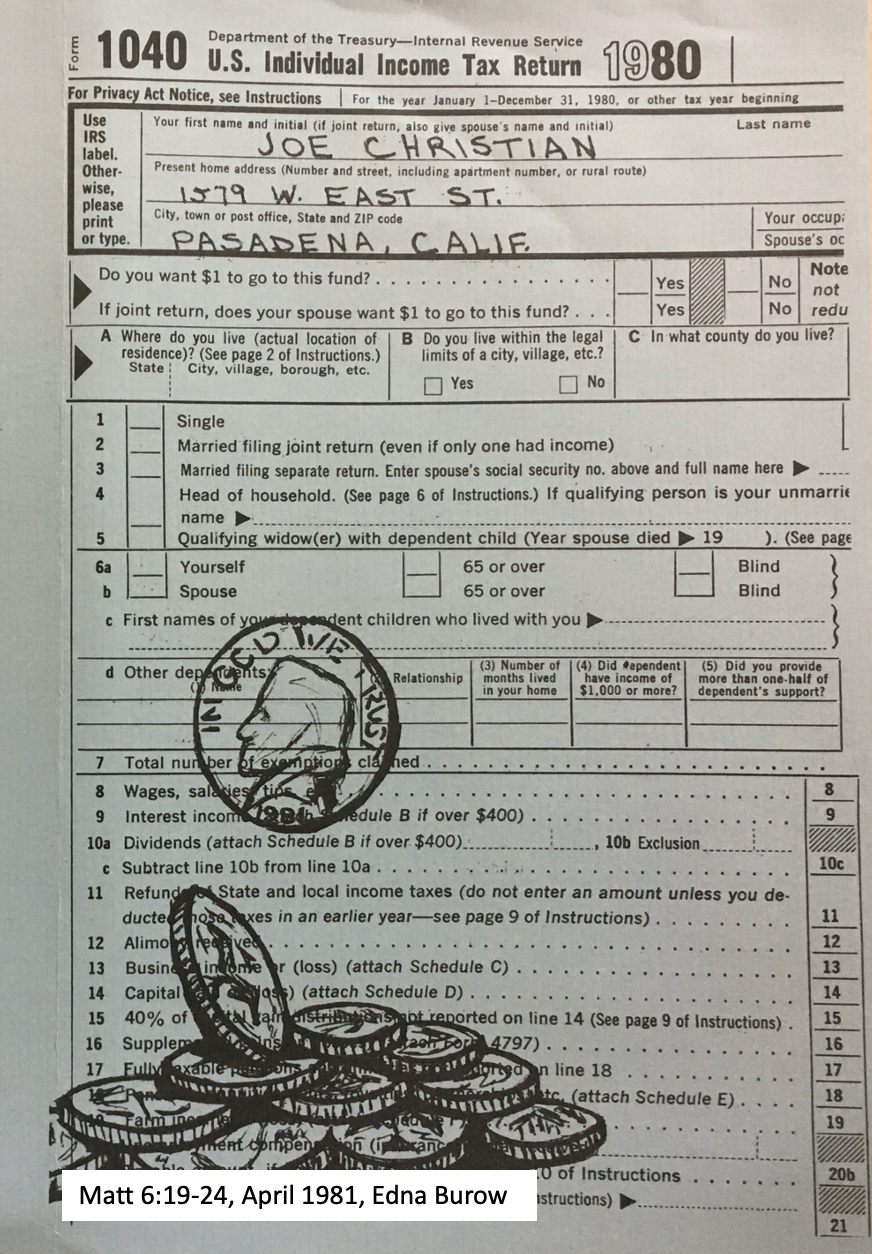

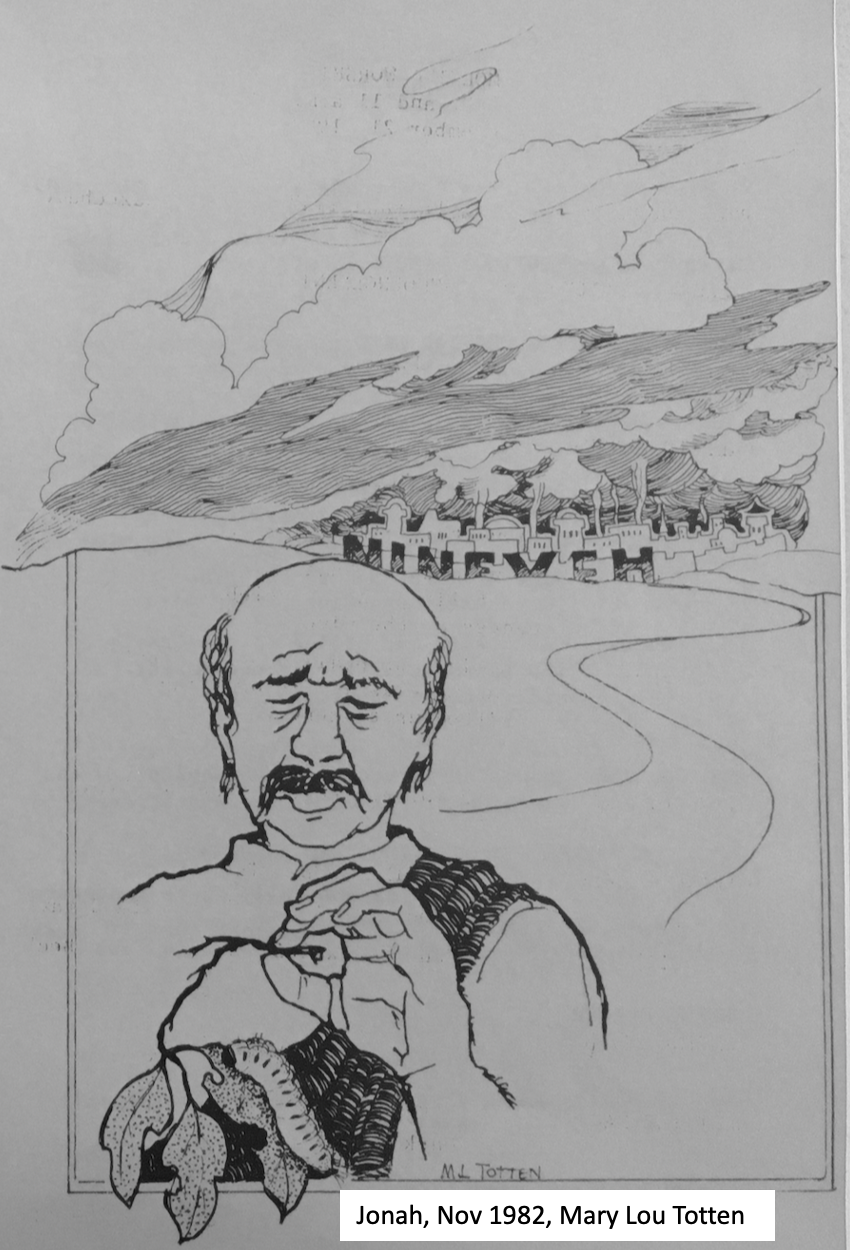
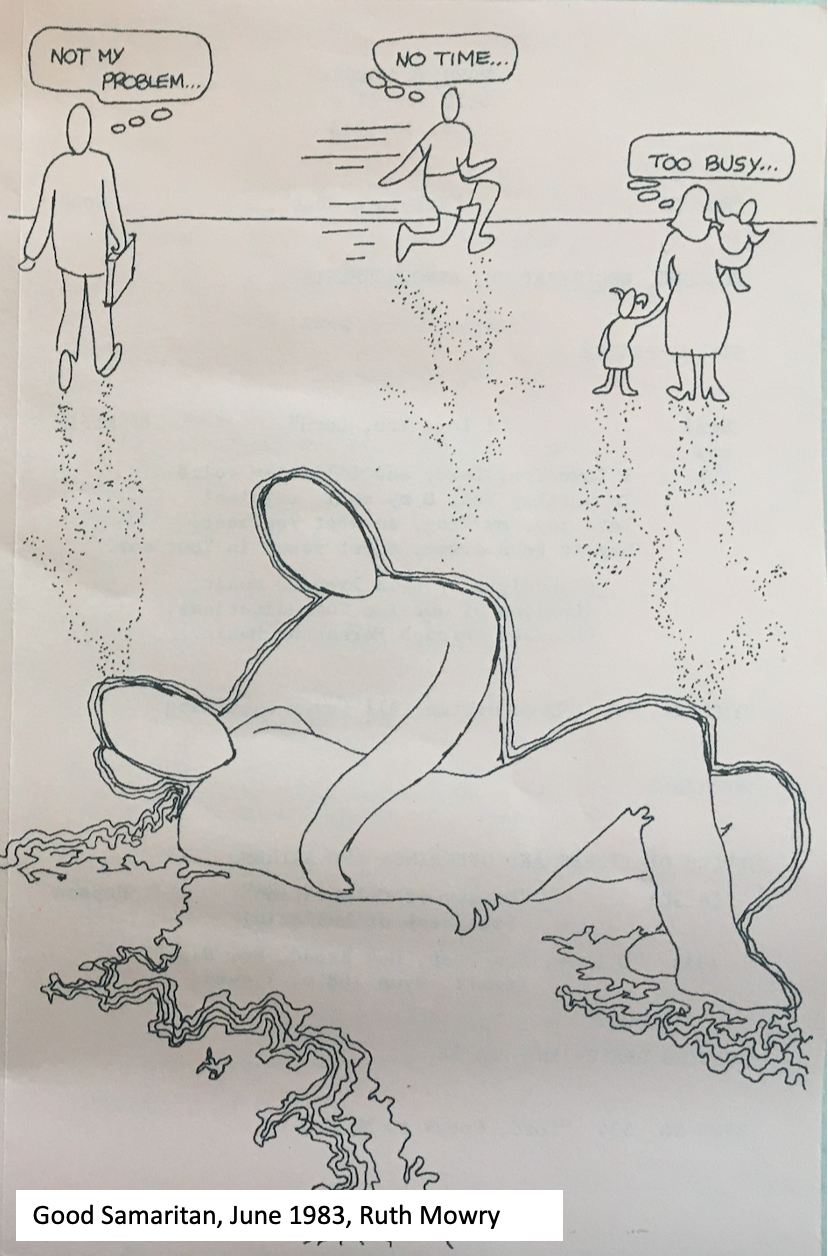
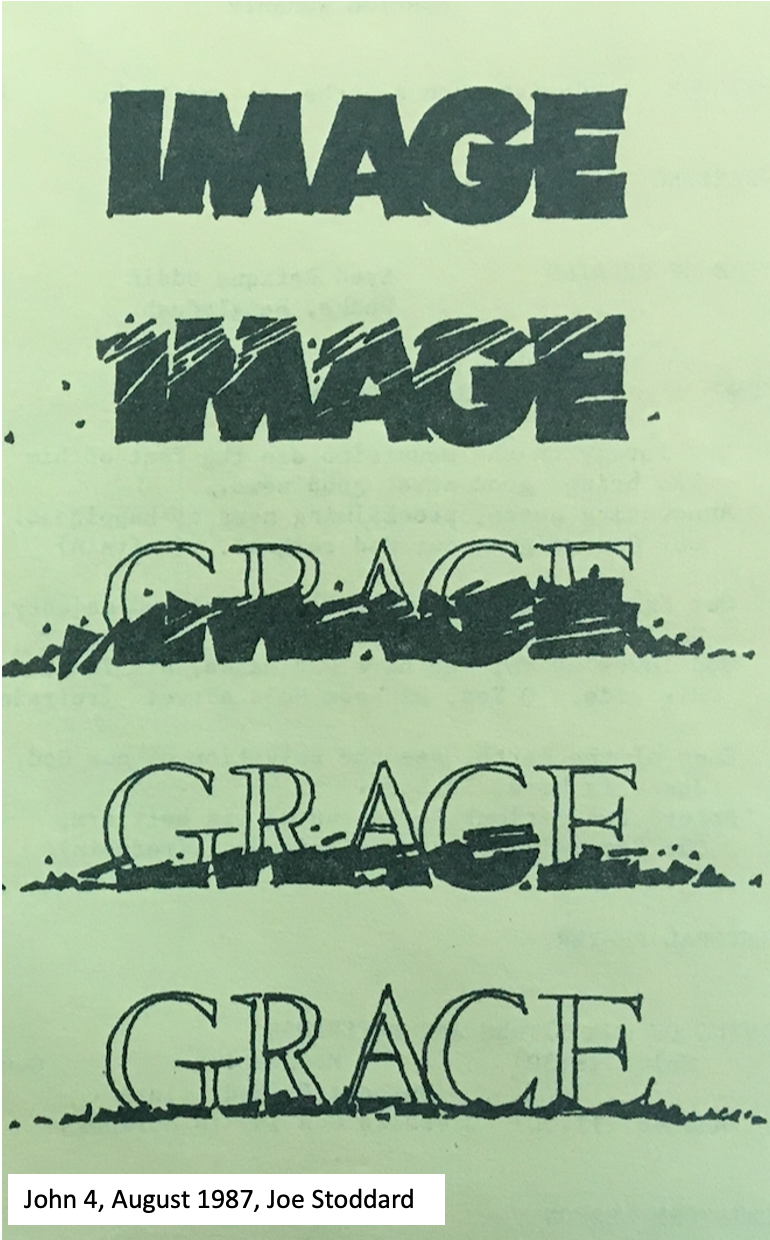
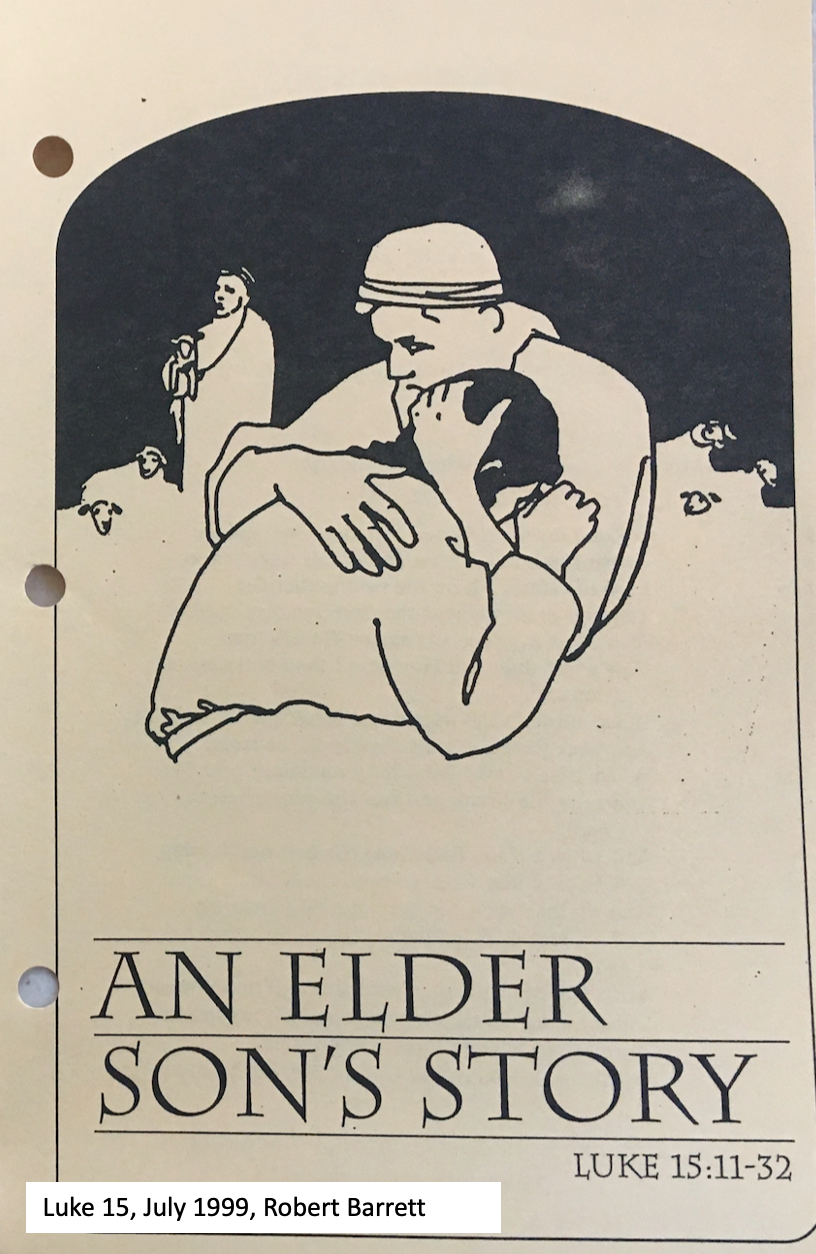
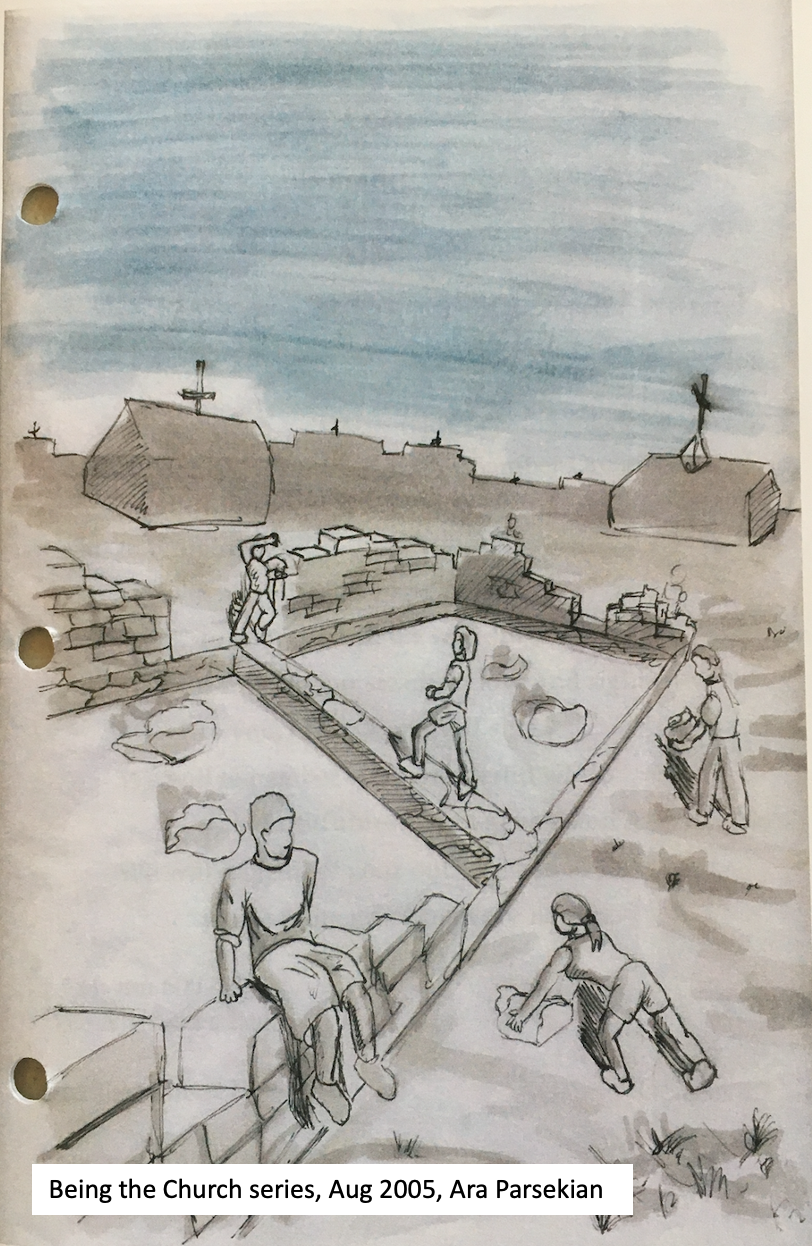
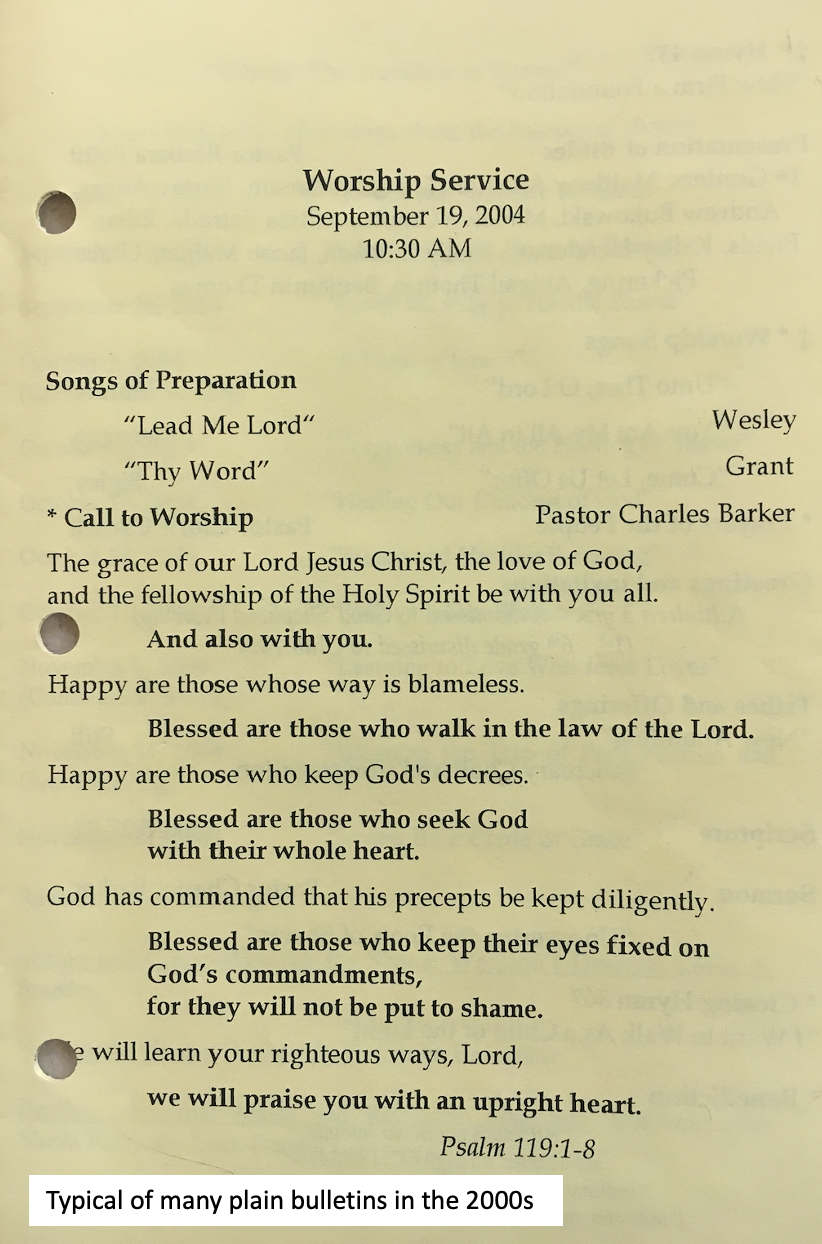

Mary Lou & Gene Totten, 1988
By 1983, the Tottens were no longer on staff, as they had founded the Fellowship of Artists for Cultural Evangelism or FACE. This mission organization focused on communicating the gospel through local art forms; much of their research was in the Navajo nation, Alaska, and China. But Gene and Mary Lou were still members and volunteers at Pasadena Covenant, active in many arts endeavors.
Among the endeavors was the creation of banners. Hanging in front of the church, they added visual interest, color, and thematic or seasonal elements to the sanctuary.
Roland Tabell (on staff 1961-1999), though a musician, was also instrumental in bringing a variety of art forms into worship and encouraging creative people in the congregation. He formed a Worship and Arts Committee that met monthly to come up with artistic elements to incorporate into worship services. They wrote scripts for dramatic readings and skits, created visual art for the sanctuary and lobby, put together slide shows or videos, and researched published art forms that might be used.
Pastors like Joan Reeve Owens (on staff 2001-2010) and Thomas Hale (2011-2017) also envisioned ways the arts could enhance the church’s worship experience. The following are photos from evocative sanctuary displays in 2015-16, illustrating contributions from people like Deb & Thomas Hale, Megan Dally Lamme, Savannah & Nate Smith, Mel Ahlgren, Joanne Doyle, Eva Webb, and Lisa Thackwell.
The process:
The sanctuary:
Recently there has been art in the lobby too. These photos show the contributions of William Myrvold, Richard Parsekian (and Pas Cov kids), Dan Huang, Joanne Doyle, and Edna Burow (and seven other quilters).
Even more recently, a small room off the lobby has been dedicated to art. These photos are of a Lent 2020 show by Steve Stuckey, related to the story of Jonah.
Visual art has also been used to illustrate sermons. For example, Tim Dally preached a series on community in summer 2012—talking about listening, open doors, and stars—featuring three Van Gogh paintings.
Notable watercolor artist Joe Stoddard once painted the resurrection in front of the congregation with our children watching from close up.
Joe Stoddard & Brittany Burian, Easter, 2019
As part of Pastor Steve Wong’s December 2021 series on the Magnificat, these visuals accompanied one of his points.
Images selected by Steve Wong, backdrop banners by William Myrvold, 12/19/21
Drama, dance, multimedia experiences, creative writing
In addition to visual arts, dramatic arts have flourished. In the 1980s the Worship and Arts committee oversaw a group called the Tower Players. One of their performances in 1984 was Godspell. They also ran Saturday workshops to encourage the congregation to use dramatic skills to the glory of God. The Players are no more, but since then, on Sunday mornings, scripture has been read by people dressed as biblical characters. Readers’ theater has brought the Bible to life. Christmas and Easter stories have been dramatized.
Liturgical dance has contributed to worship services as Roland Tabell and Joan Reeve Owens encouraged young dancers like Laura Allen, Jenica Wozniak, Ashley Thaxton, and others.
The congregation has also been led in reflections for Ash Wednesday, Lent, Easter, and Advent with multimedia installations and experiences.
Including children in the making and experiencing of these installations has been important.
Creative writing has also been part of these seasonal experiences. Becky Still has led groups of people to try their hand at writing (and sharing those expressions in the worship service) for Advent and Lent during several years between 2005 and 2019.
Conclusion
How thankful we are for all the artists who have contributed so much! In the comments, please feel free to remember those who’ve made an impact on you and those we might not have mentioned by name.
In 1976, Mel White wrote: “The Covenant Church has roots in two very different worship traditions: the Swedish Lutheran Church with its classic hymns and its ancient creeds and liturgies, along with the American frontier revivals with their strong biblical preaching, their joyful Gospel songs, and their spontaneous lay participation. Our goal is to continue using the best from both worship traditions with a touch of modern media to build services that consistently minister to our members and visitors from across the community.”
Beyond 100
Now, in 2022, what worship traditions would we say we are rooted in? How can those roots, along with new growth, allow us to minister to members and newcomers? What will the role of the arts be in a future in which we long for everyone to experience the beauty of the Lord?
P.S. Steve Stuckey has created a video to introduce the Art+Prayer gallery. Listen to his explanation and get a preview of the current show. https://www.pascov.org/artprayer. (September 2022)
We are so grateful to the many who have sought to follow God over the past century,
and now we seek to imitate their faith for the next hundred years.
Please join us in giving to this legacy of faithfulness!

